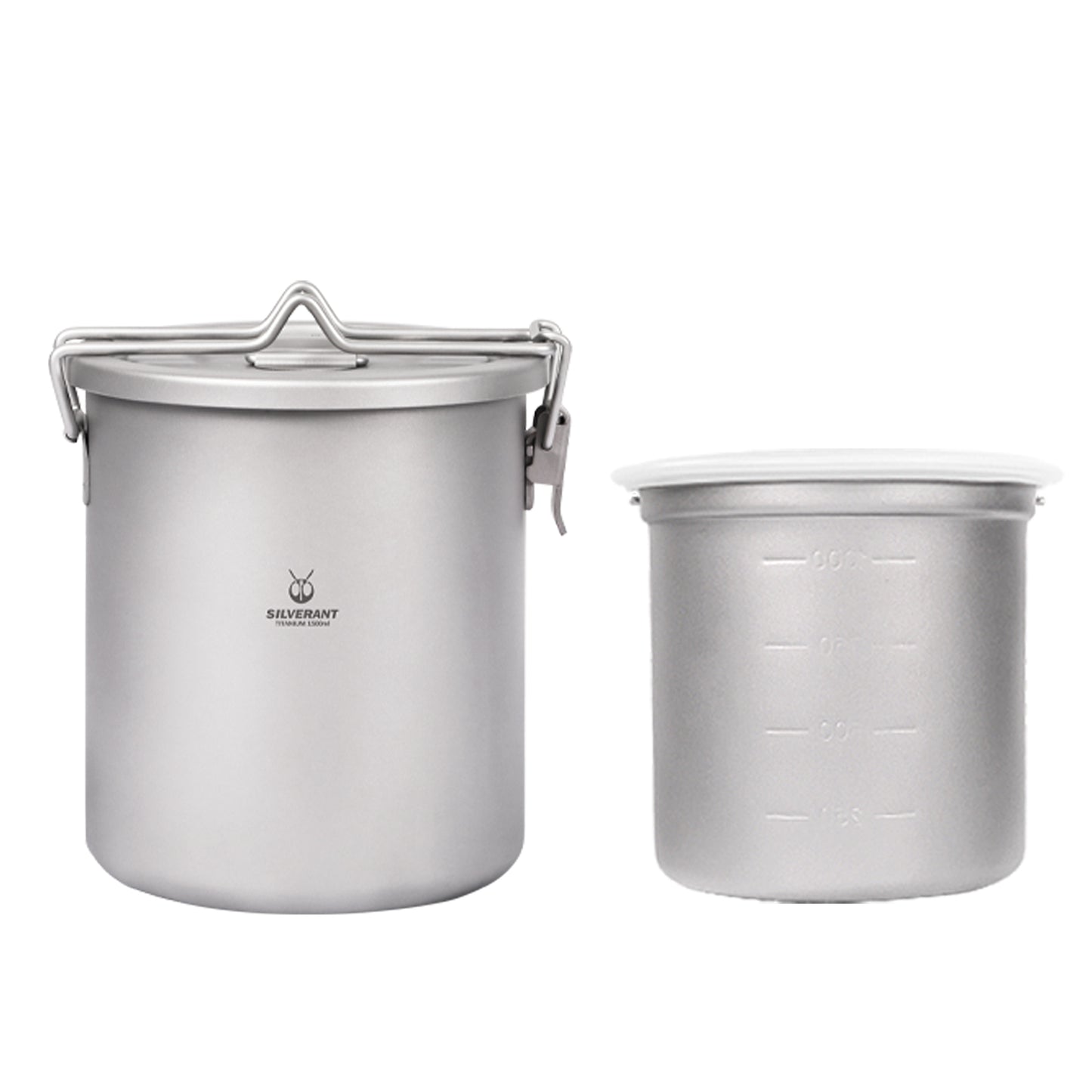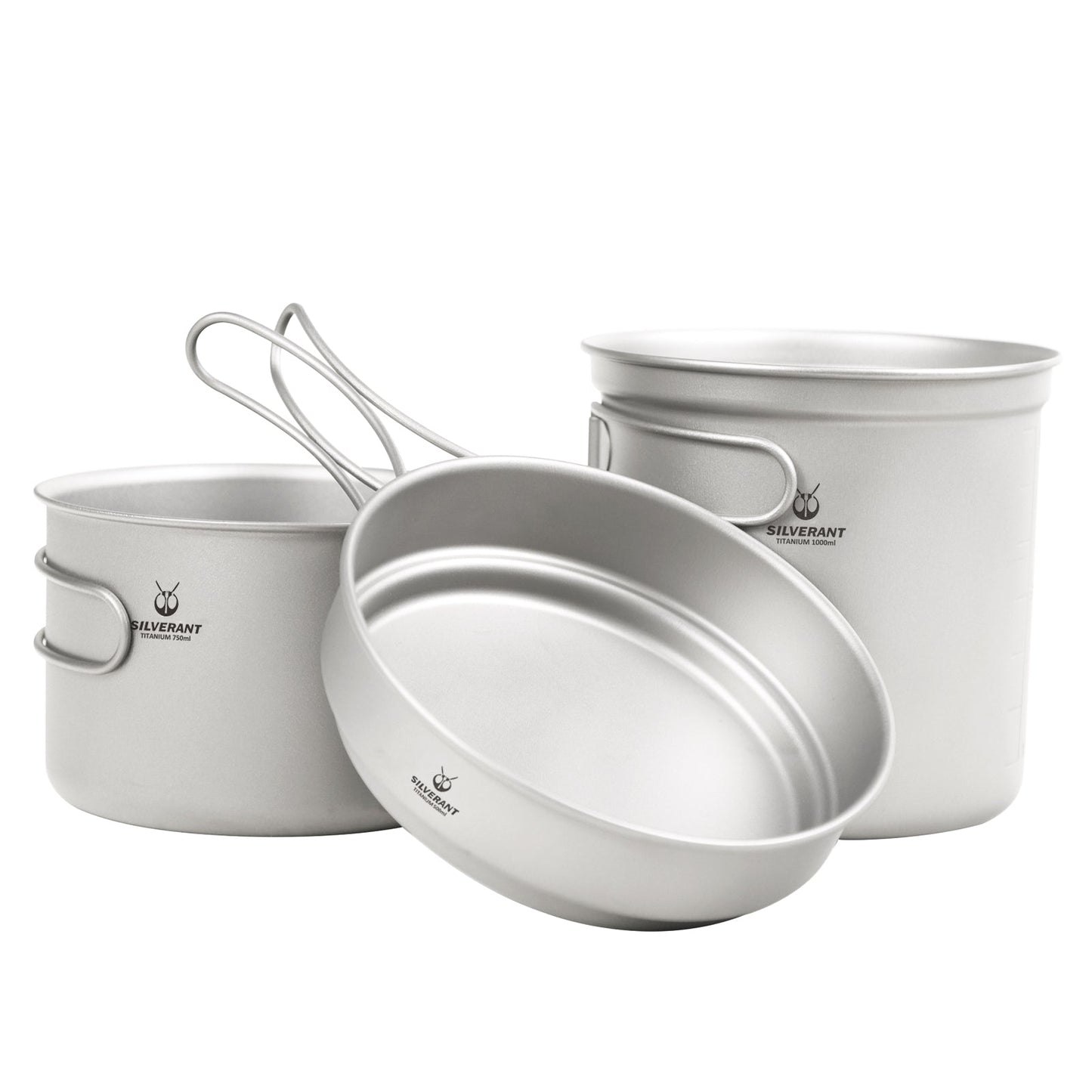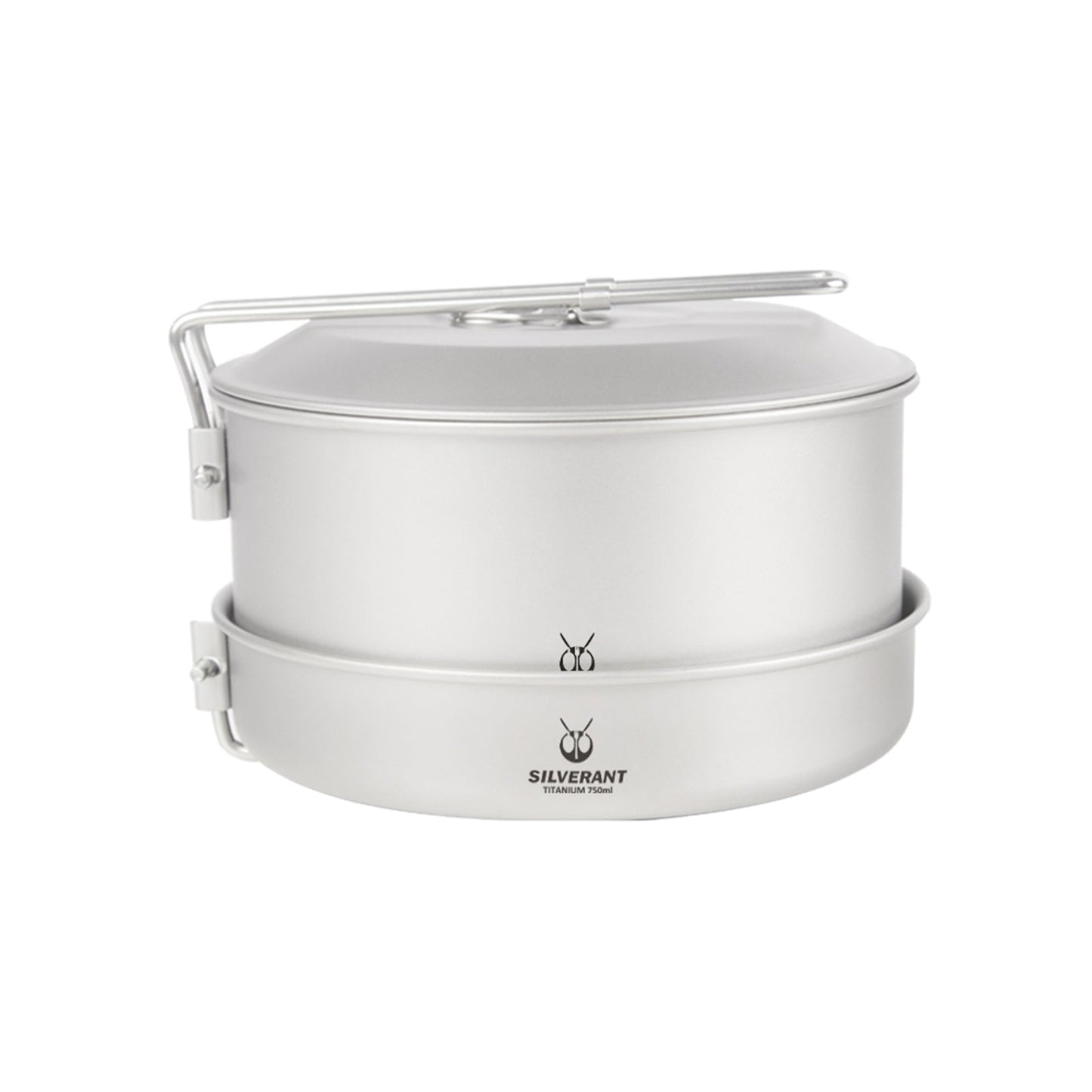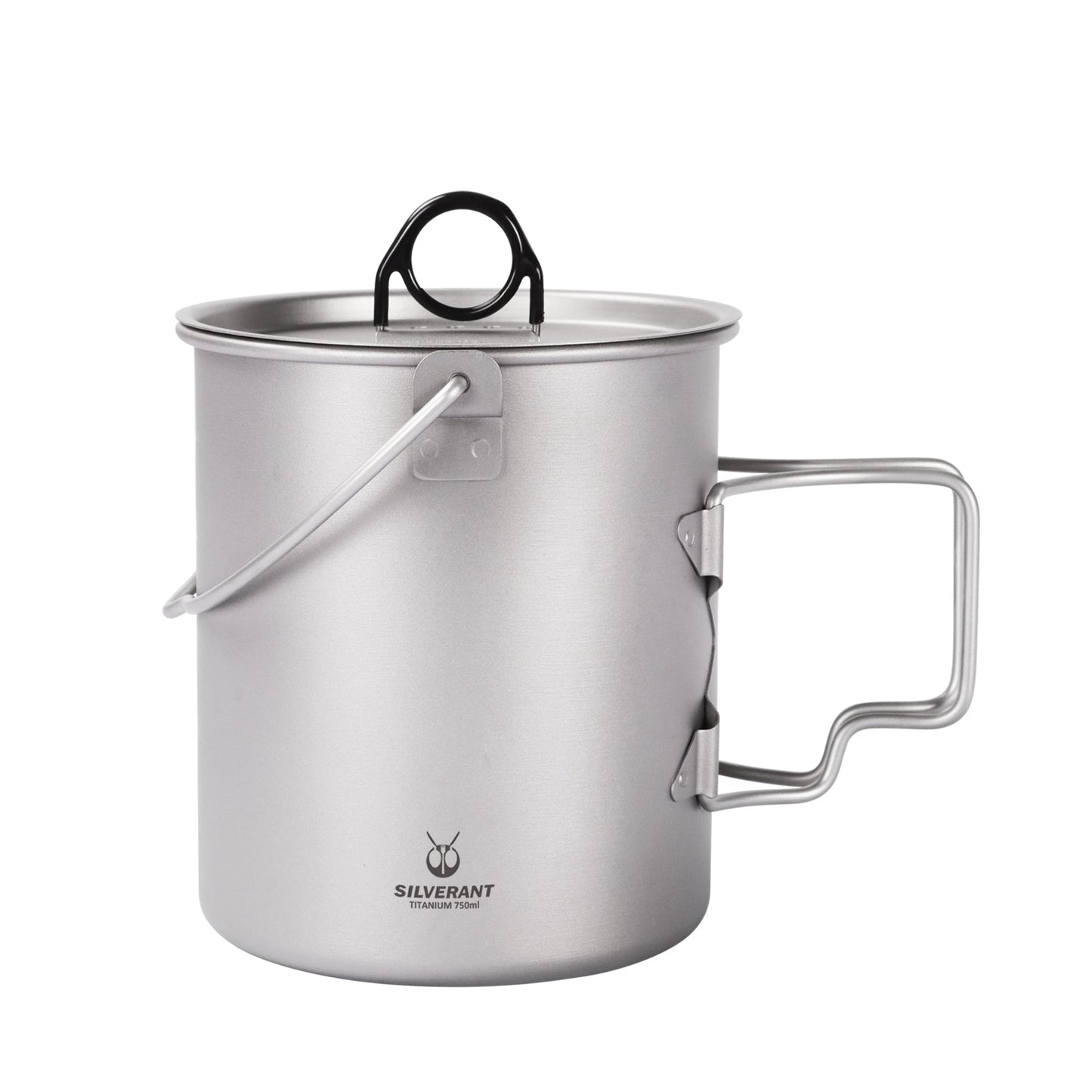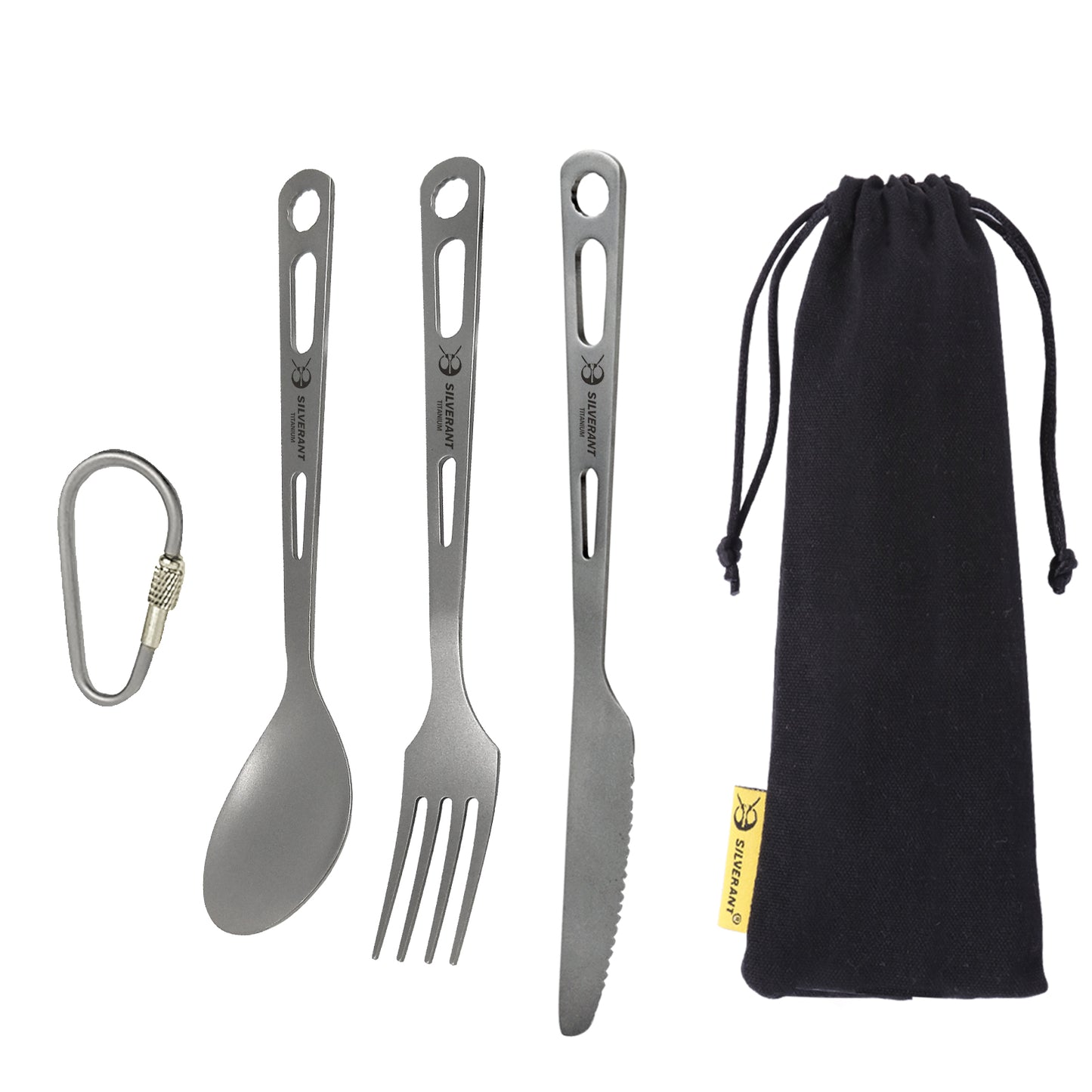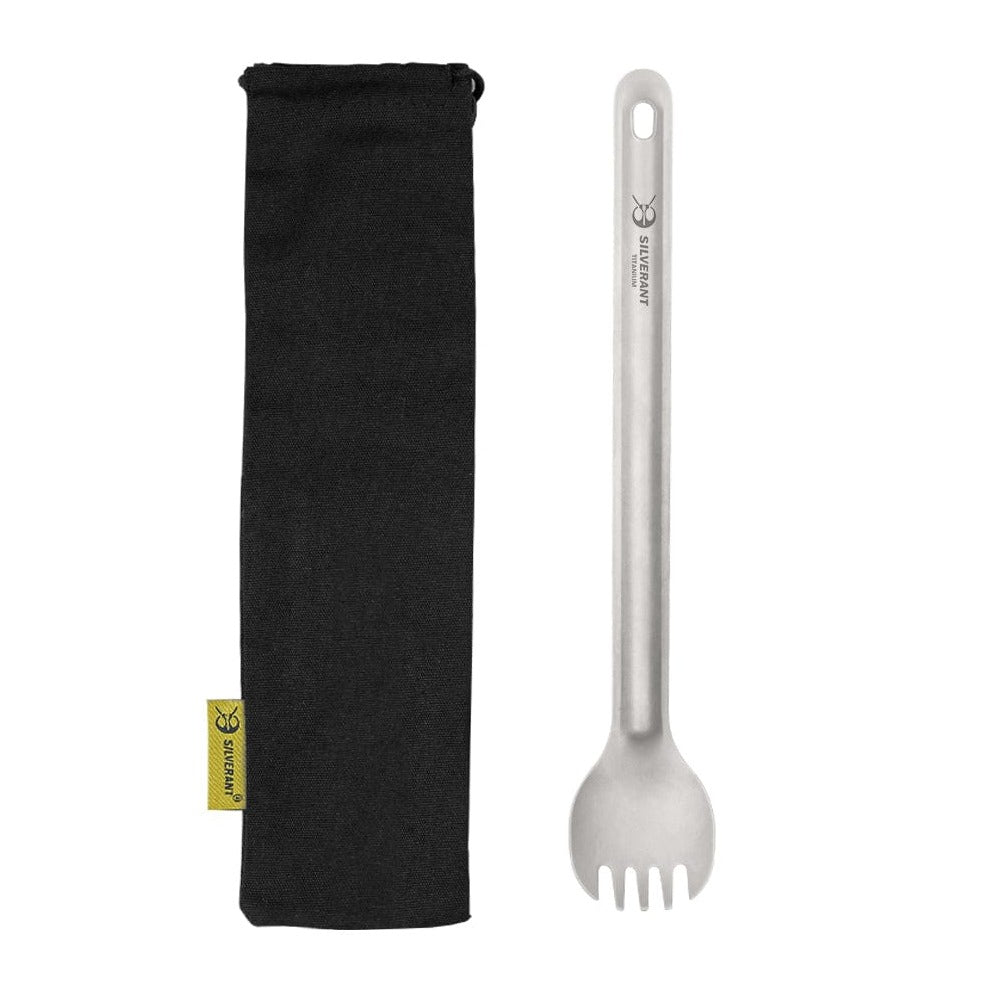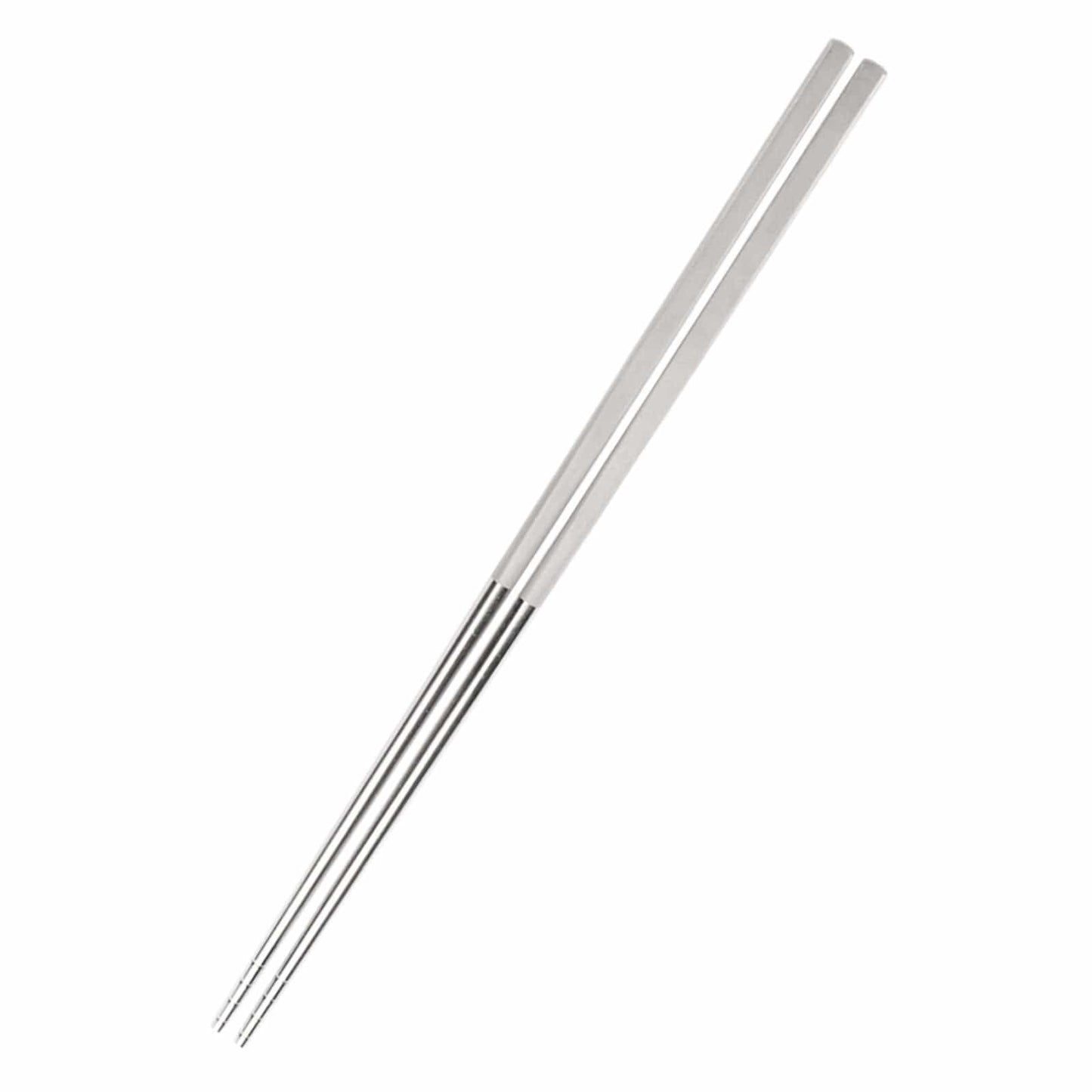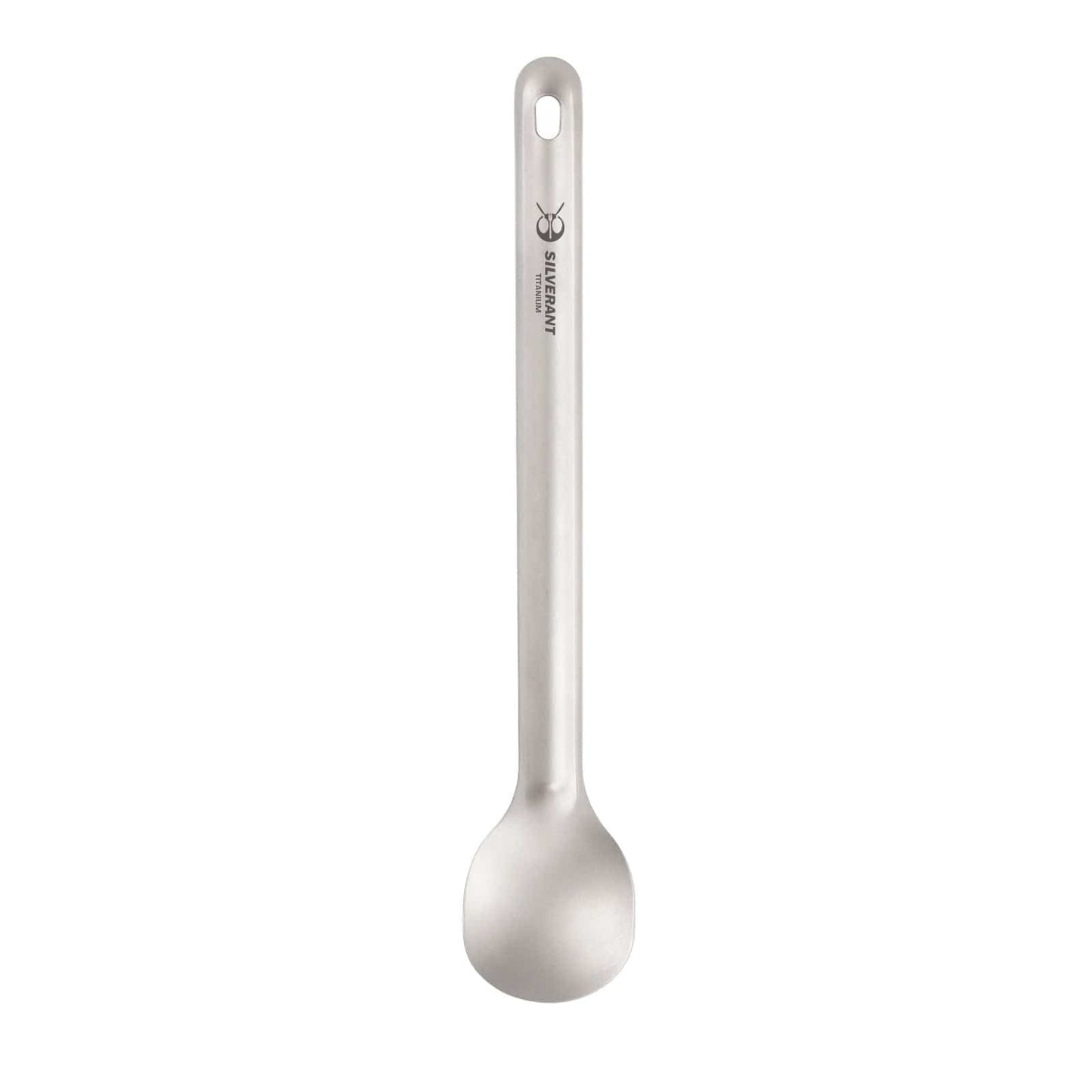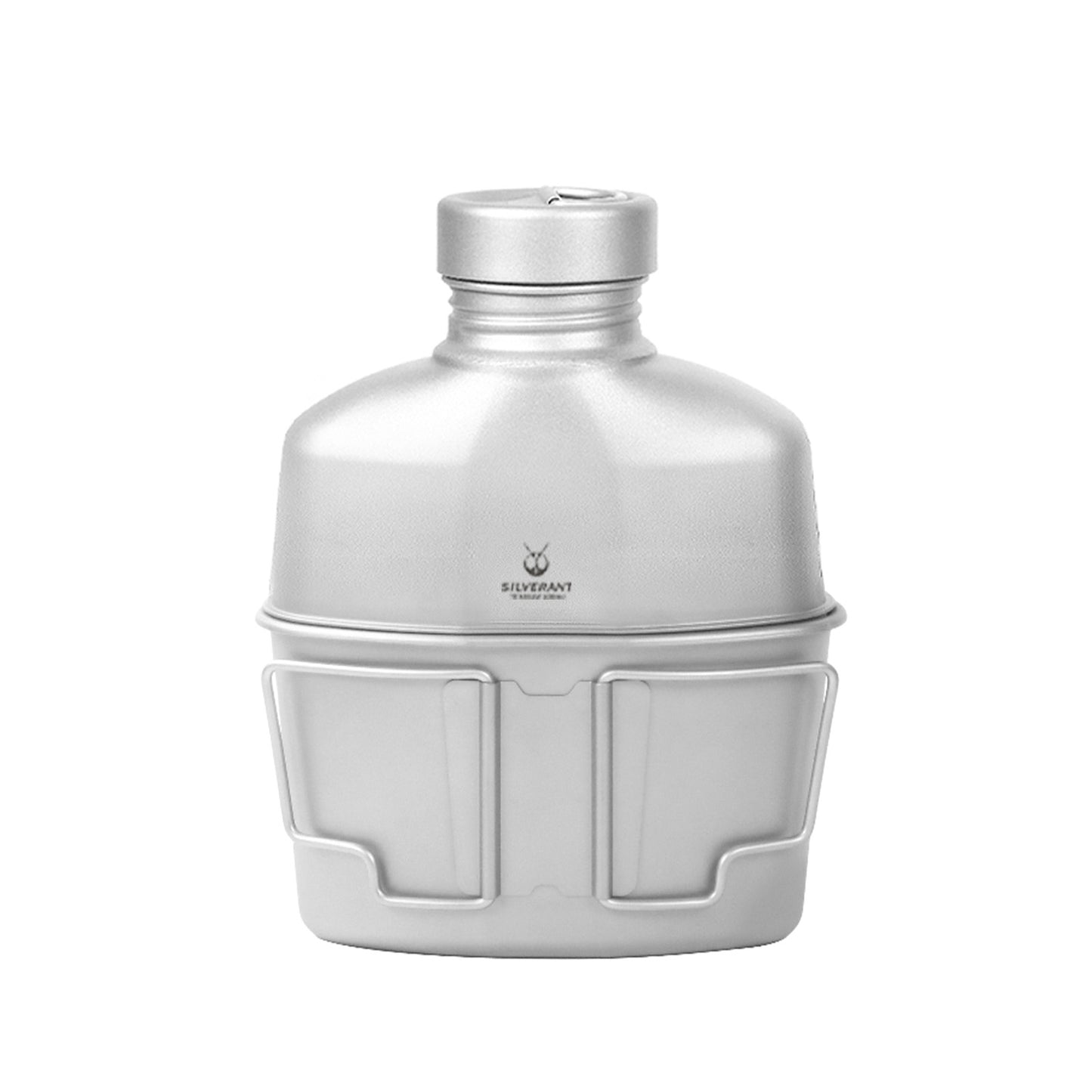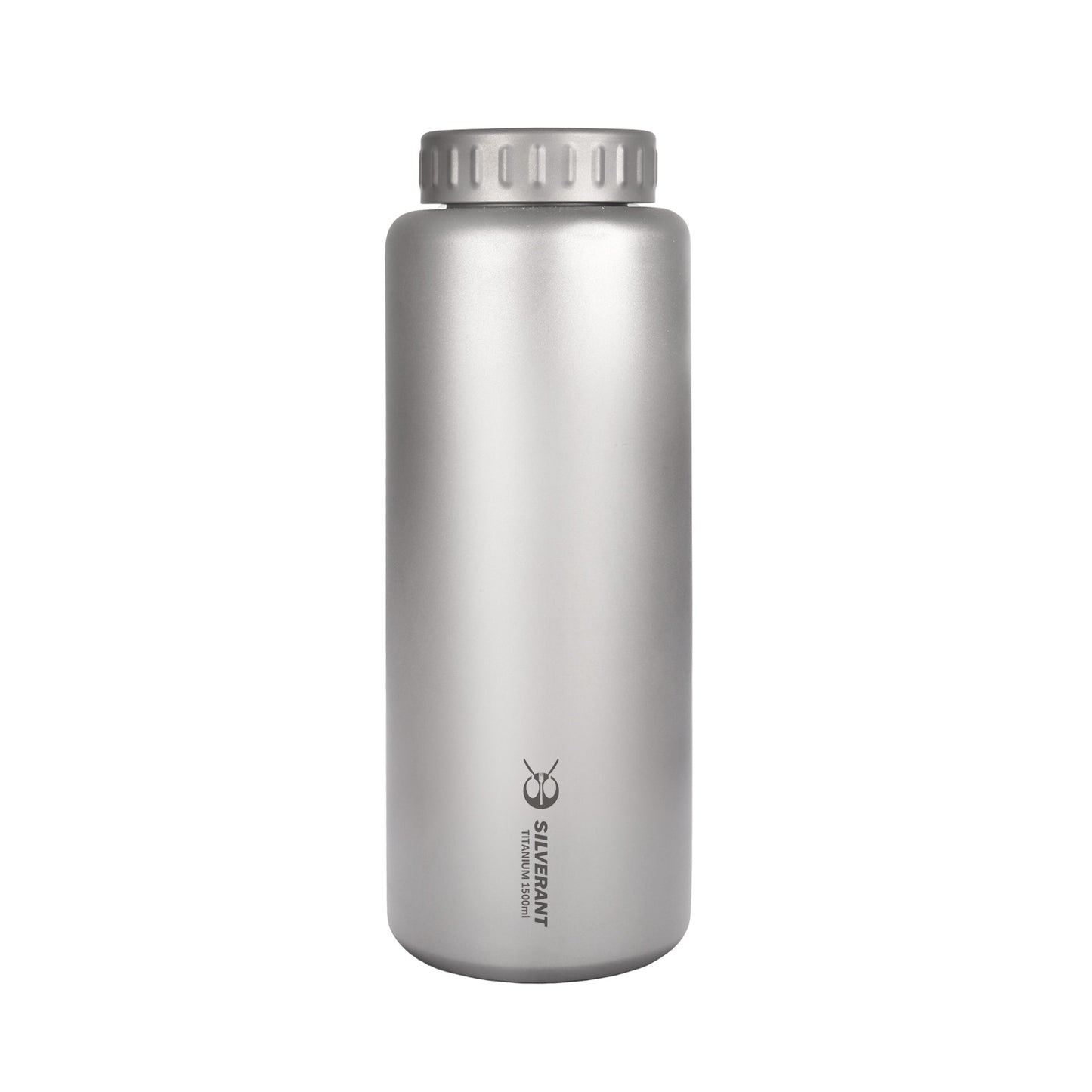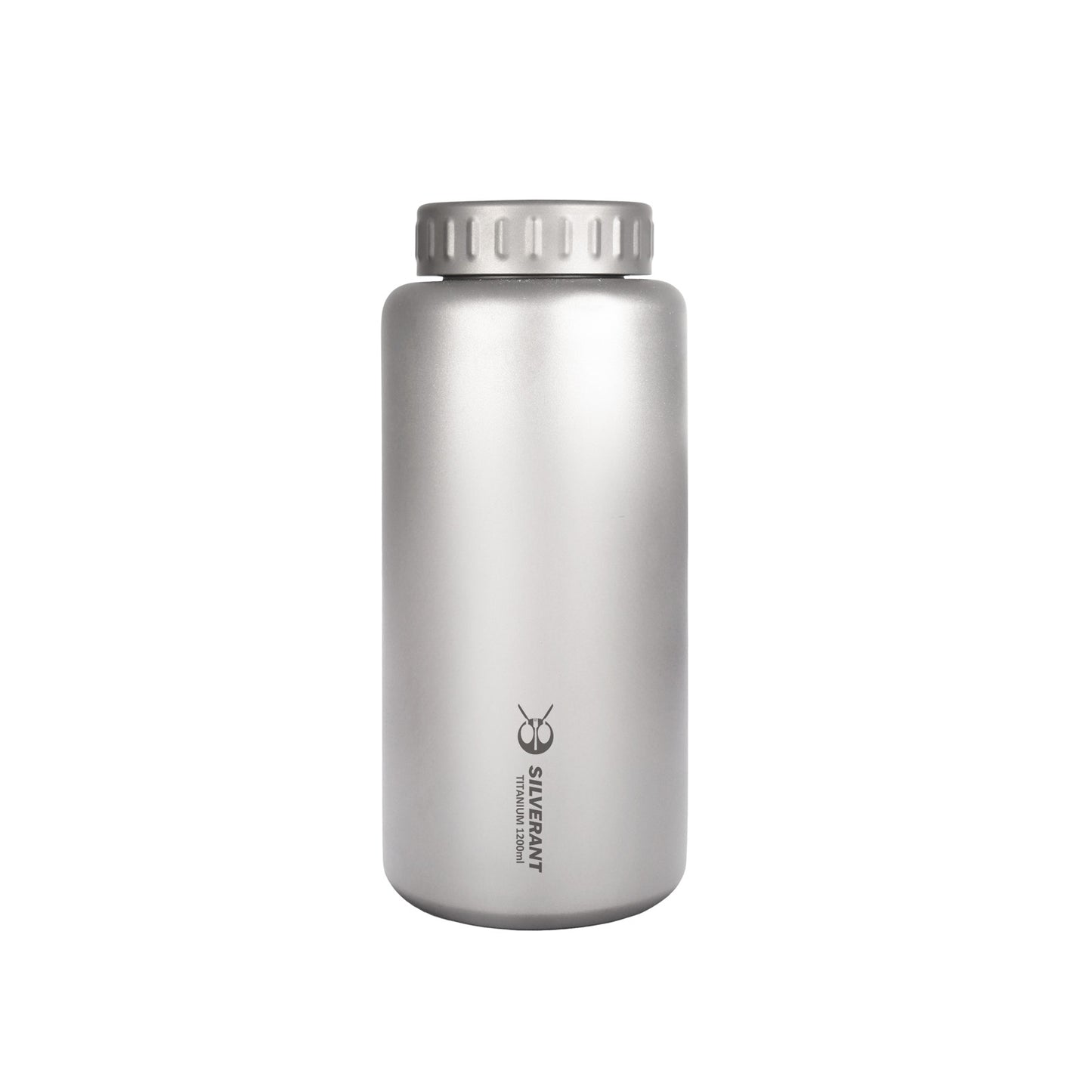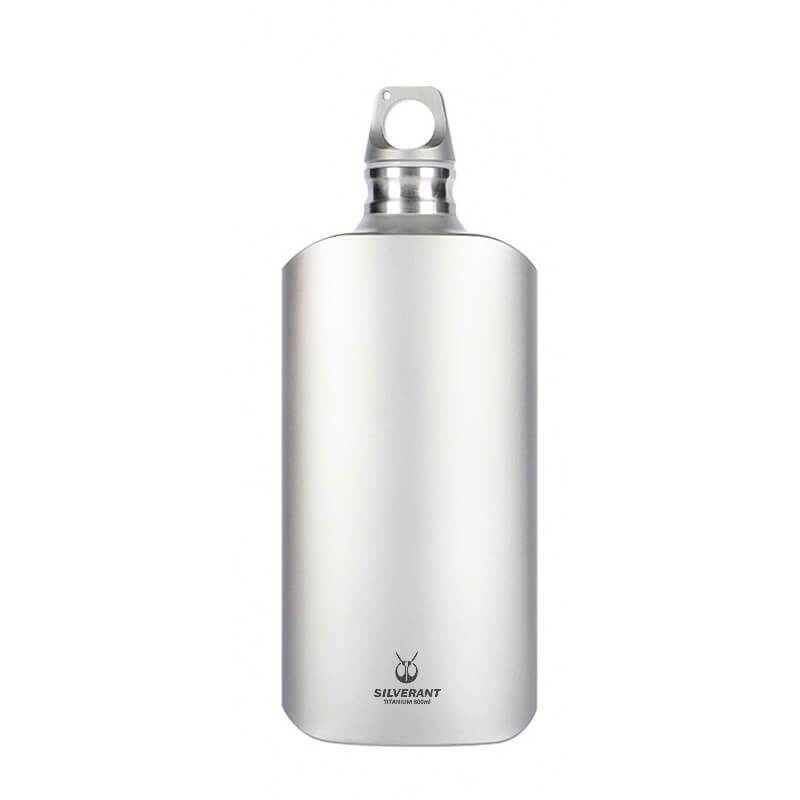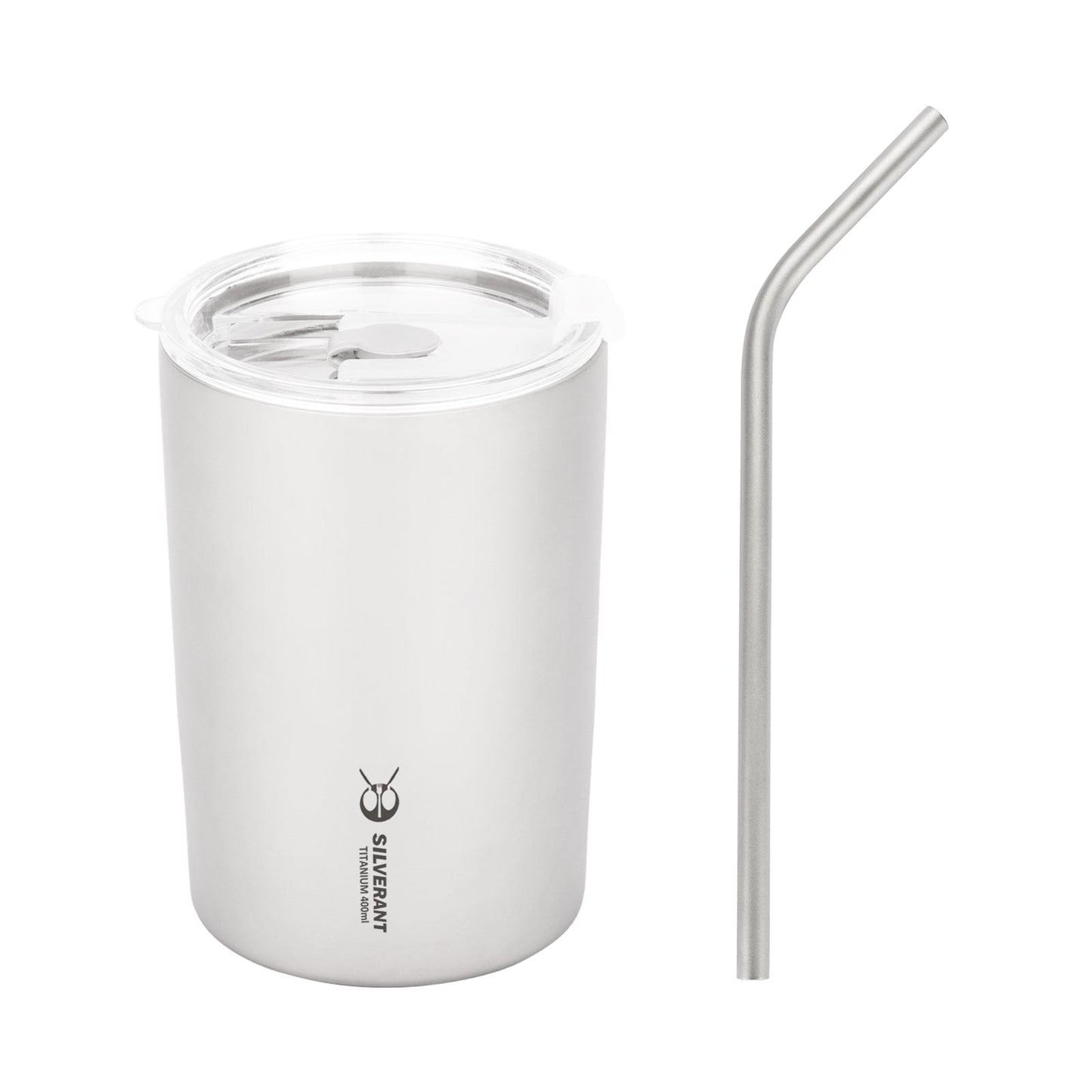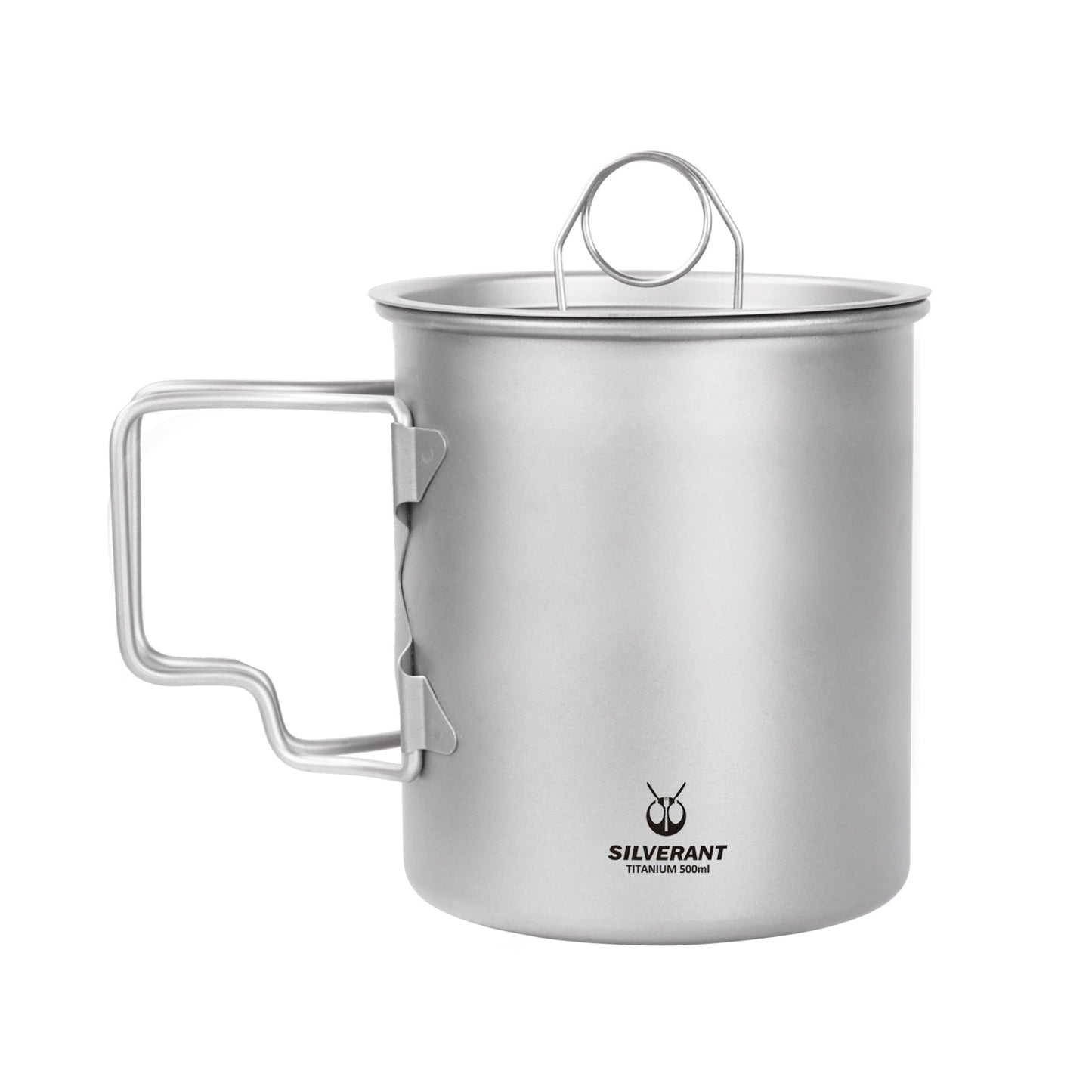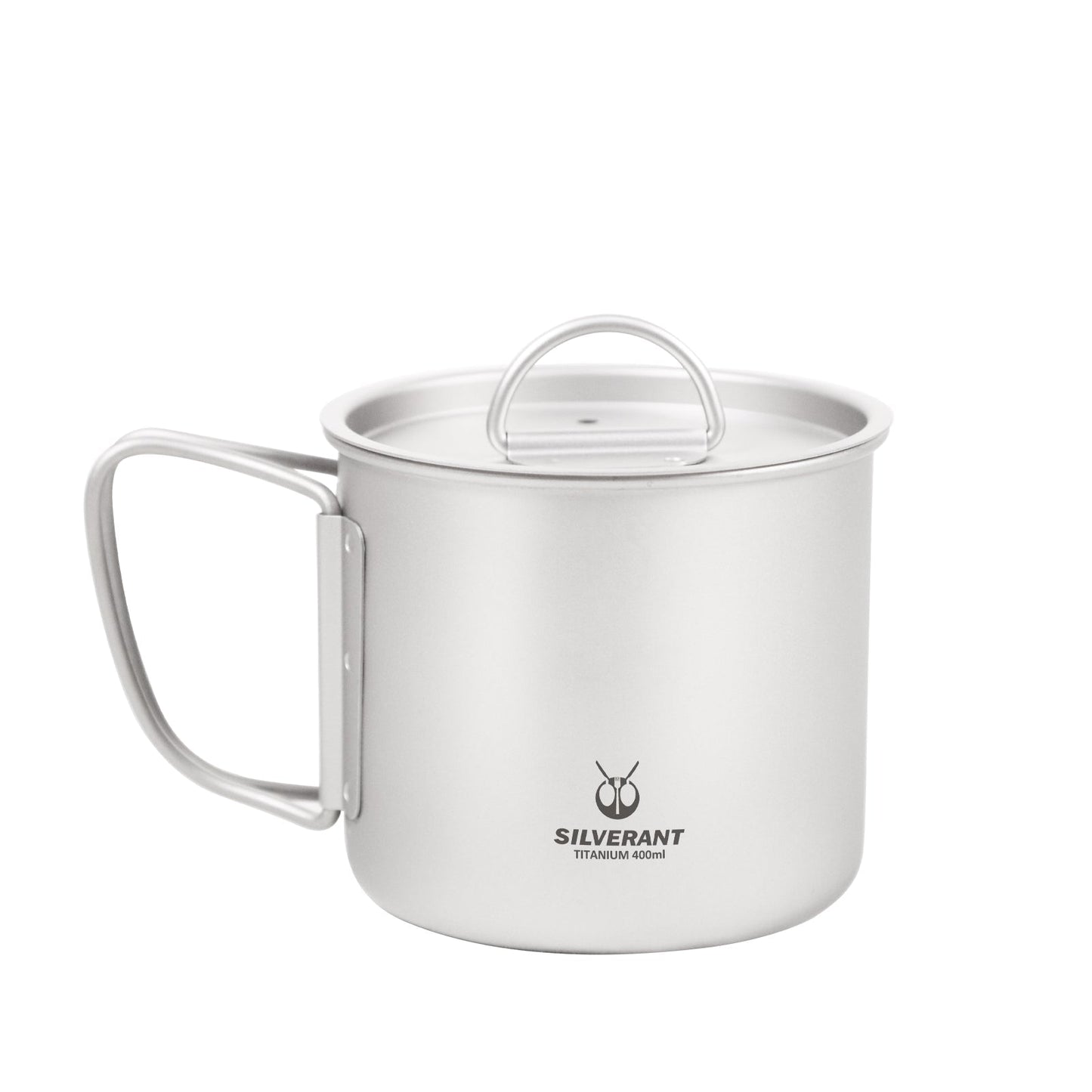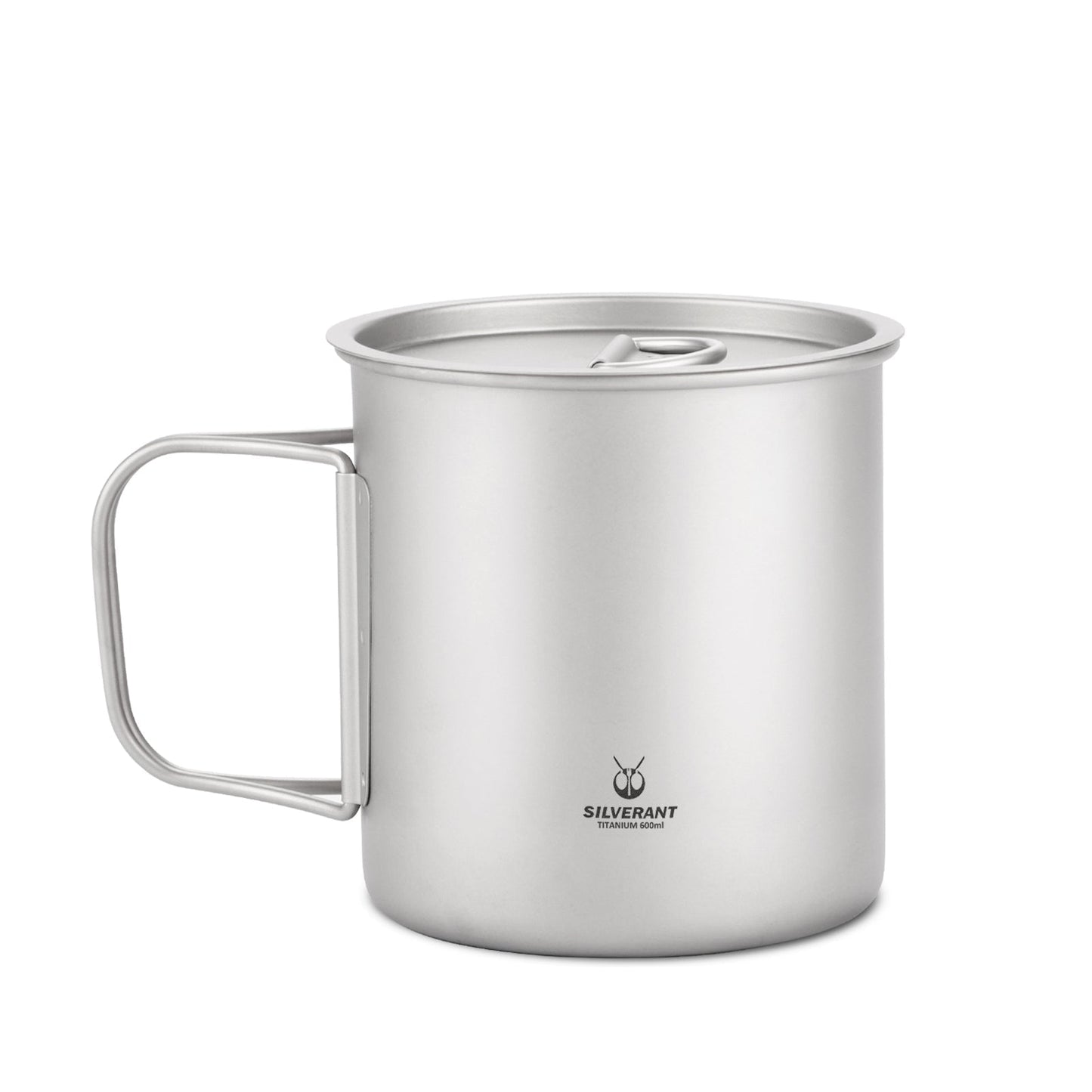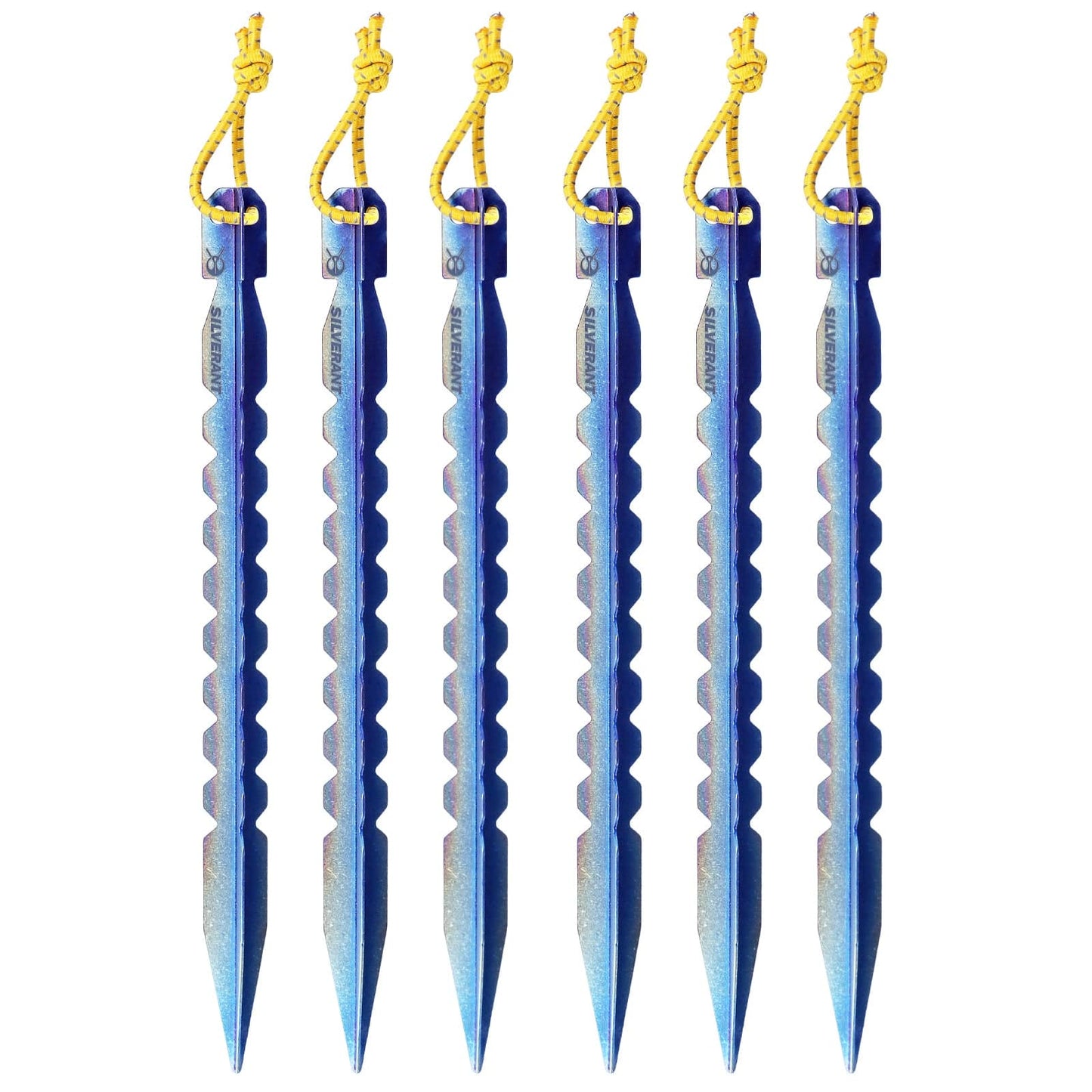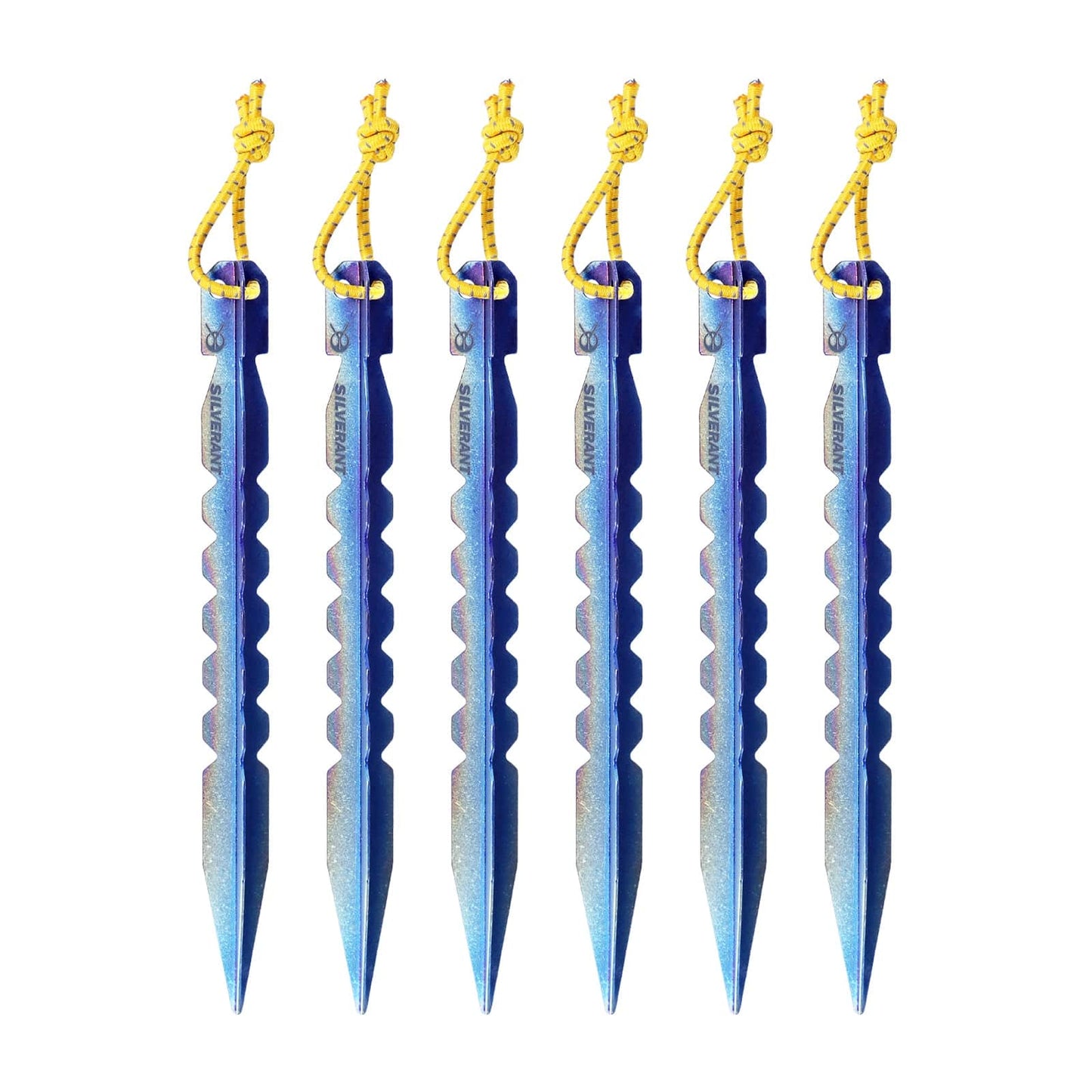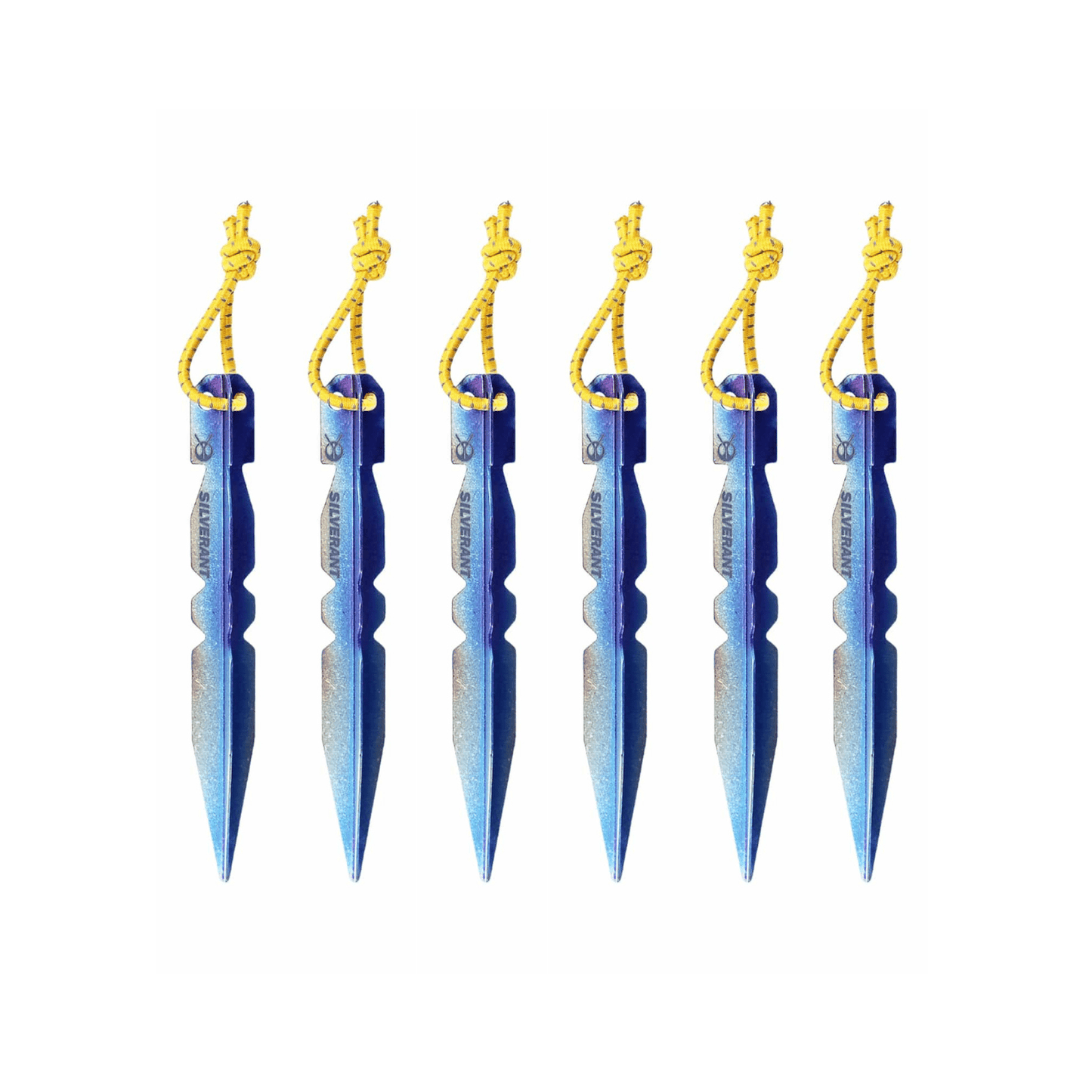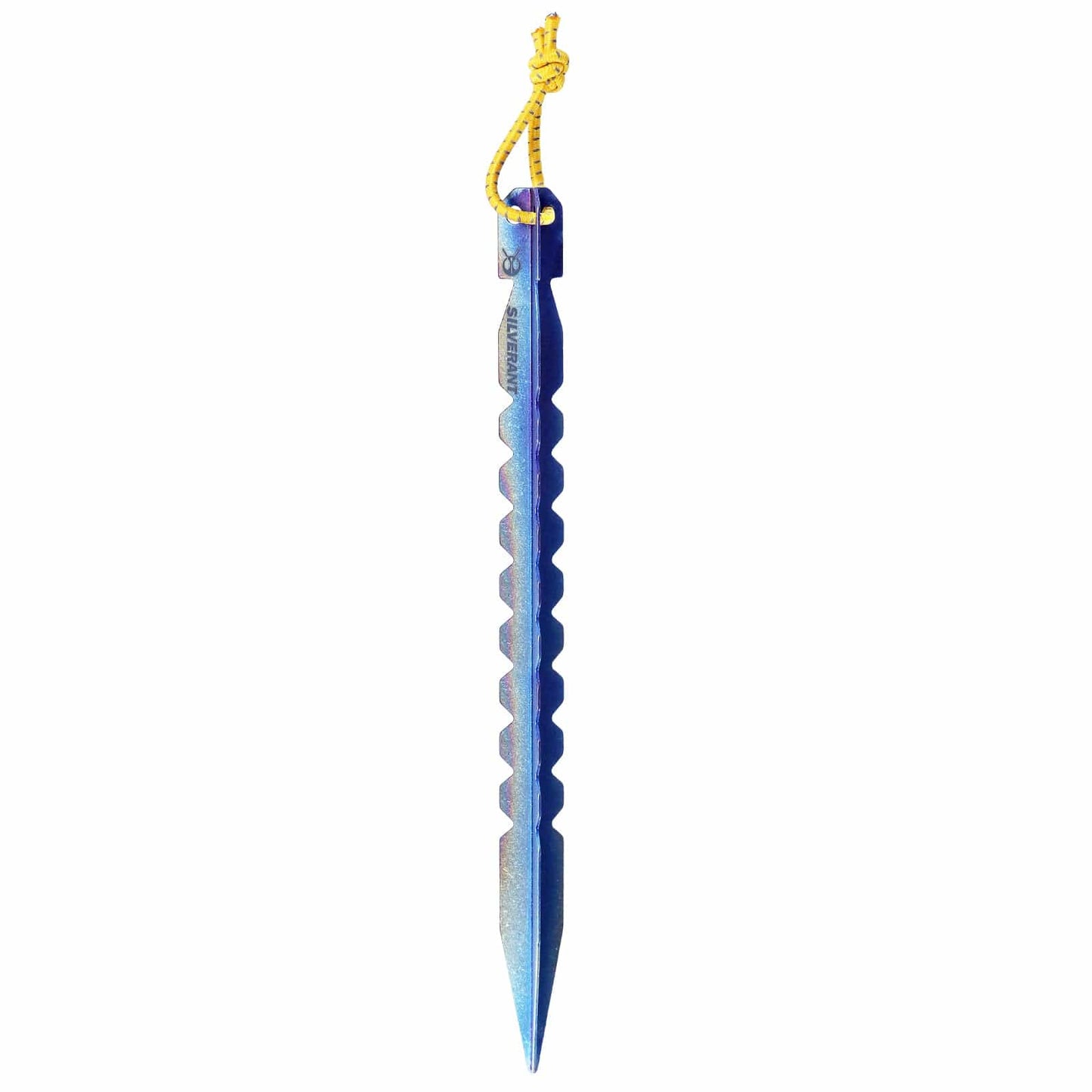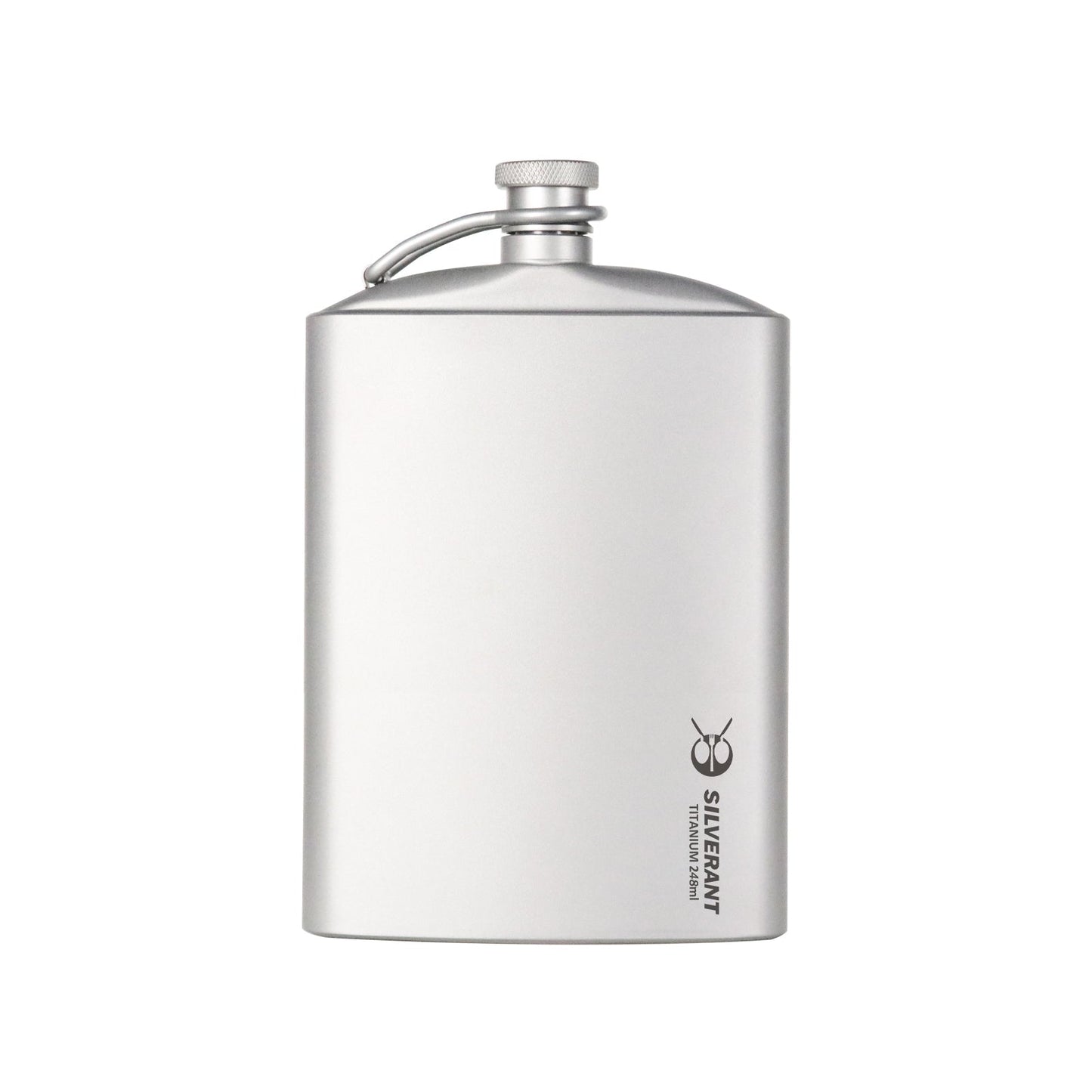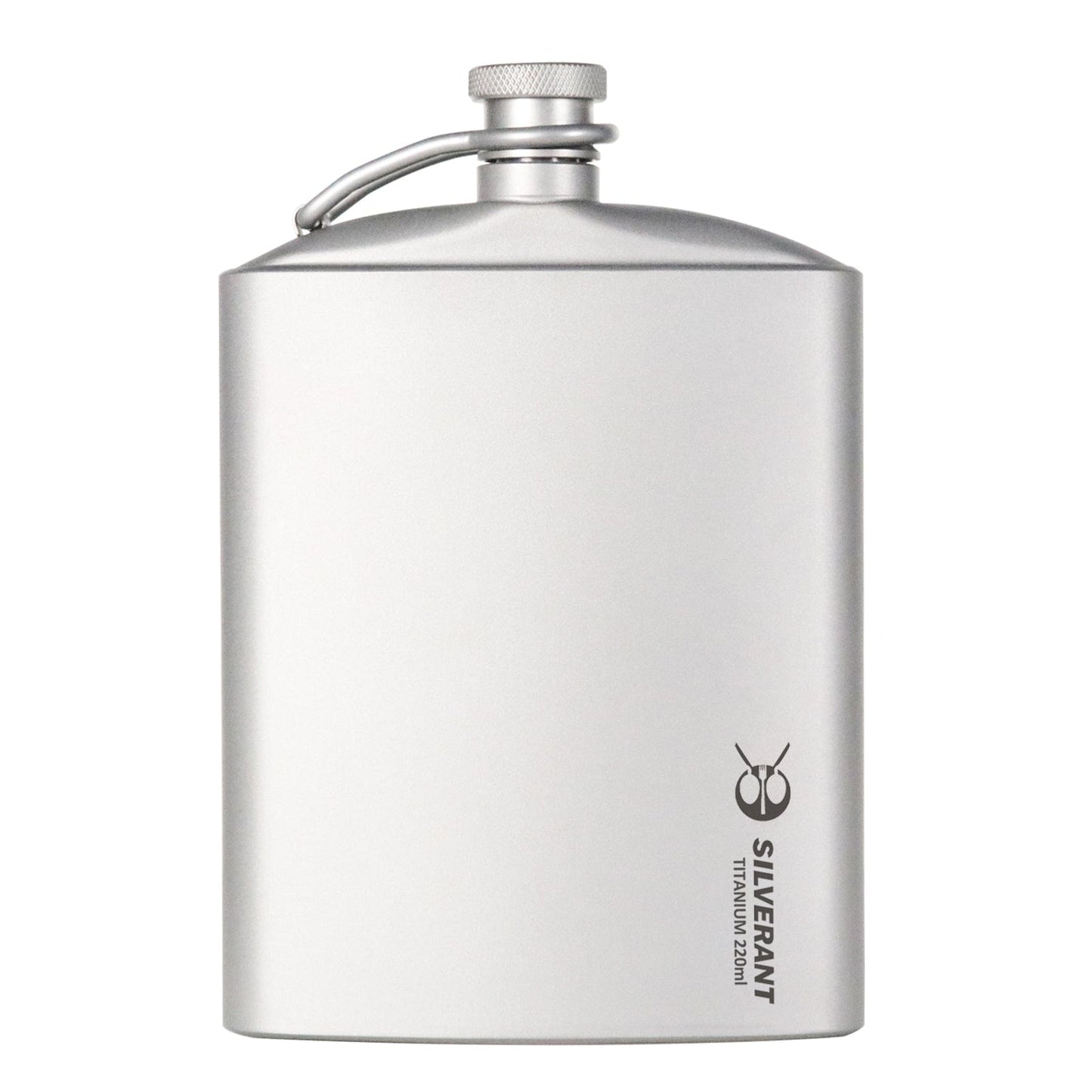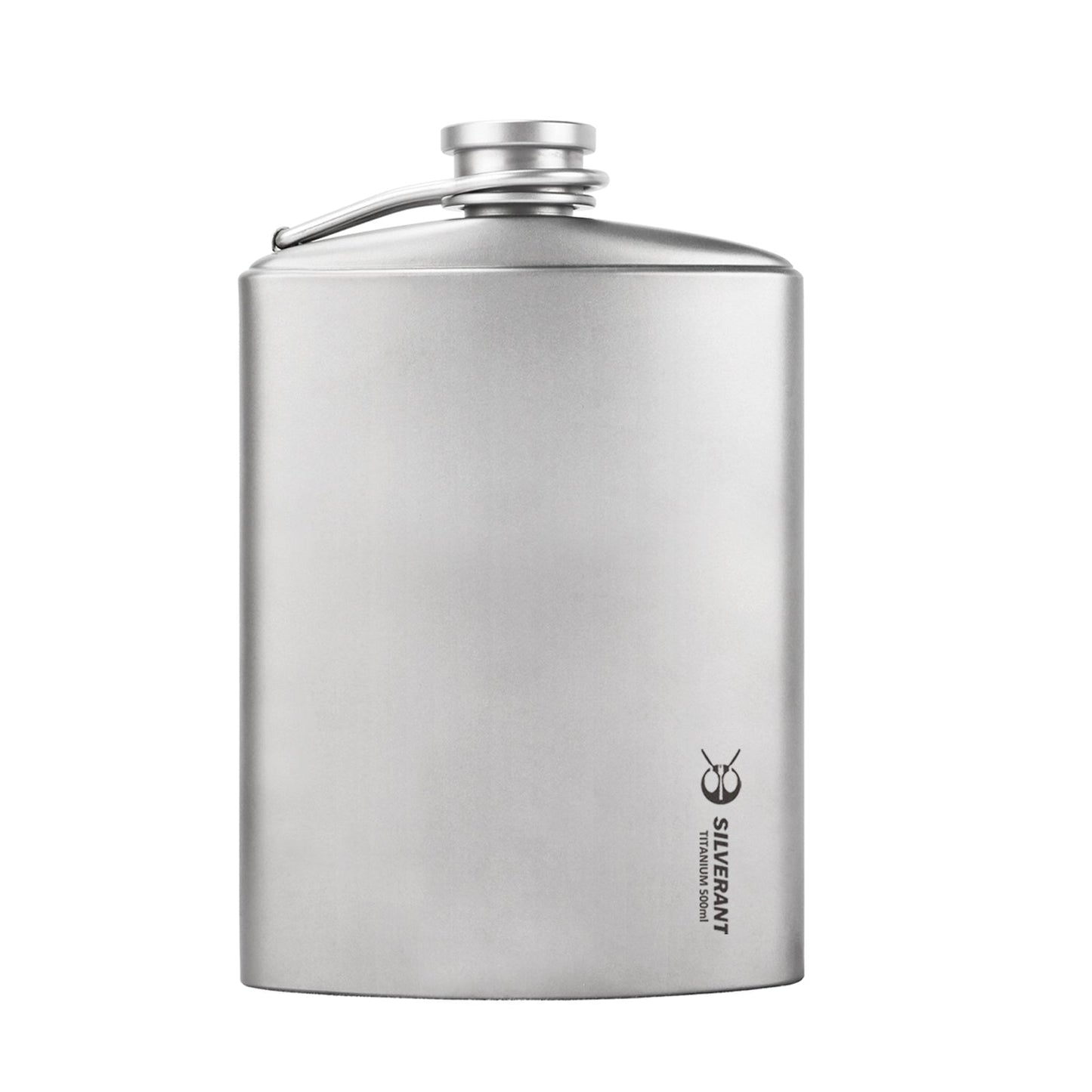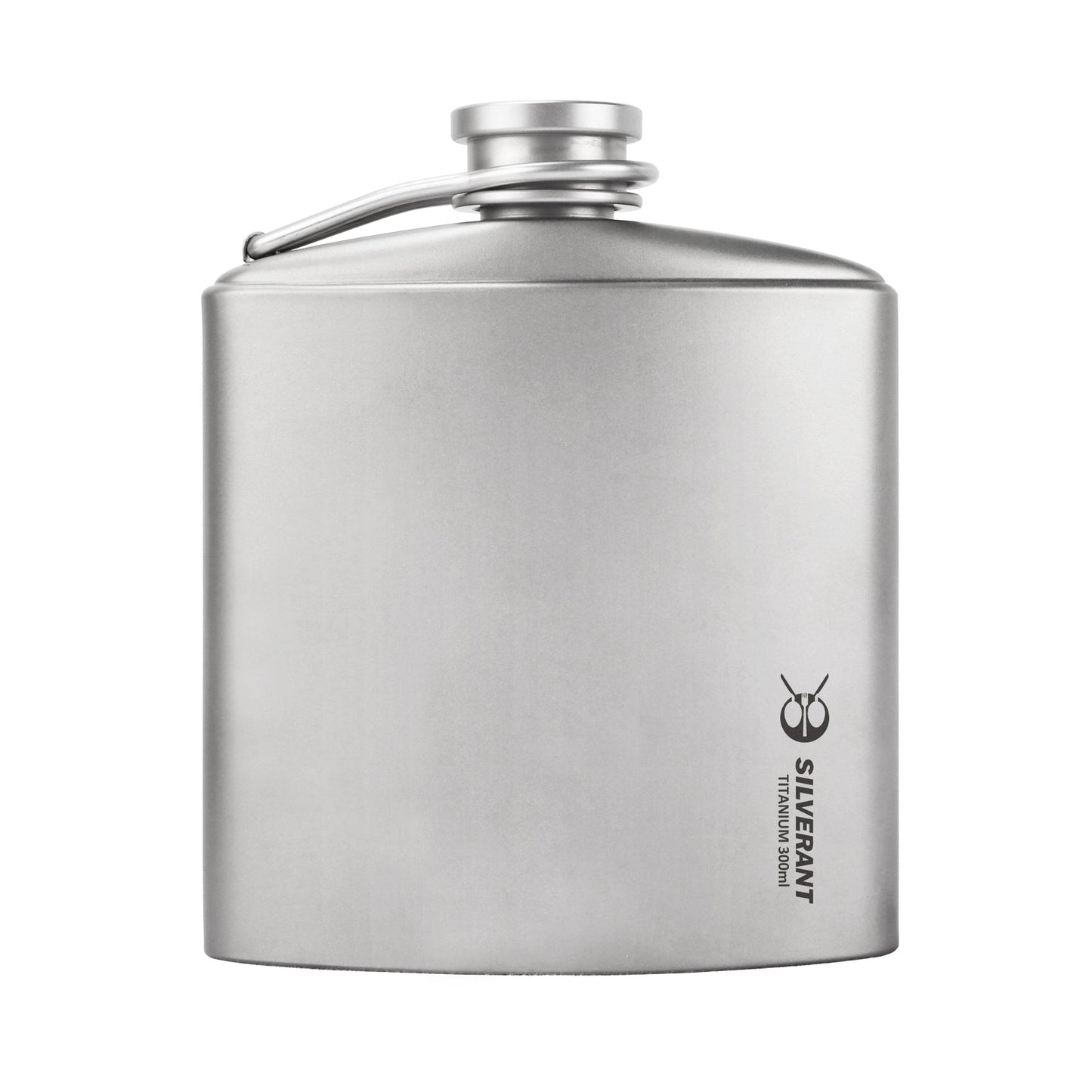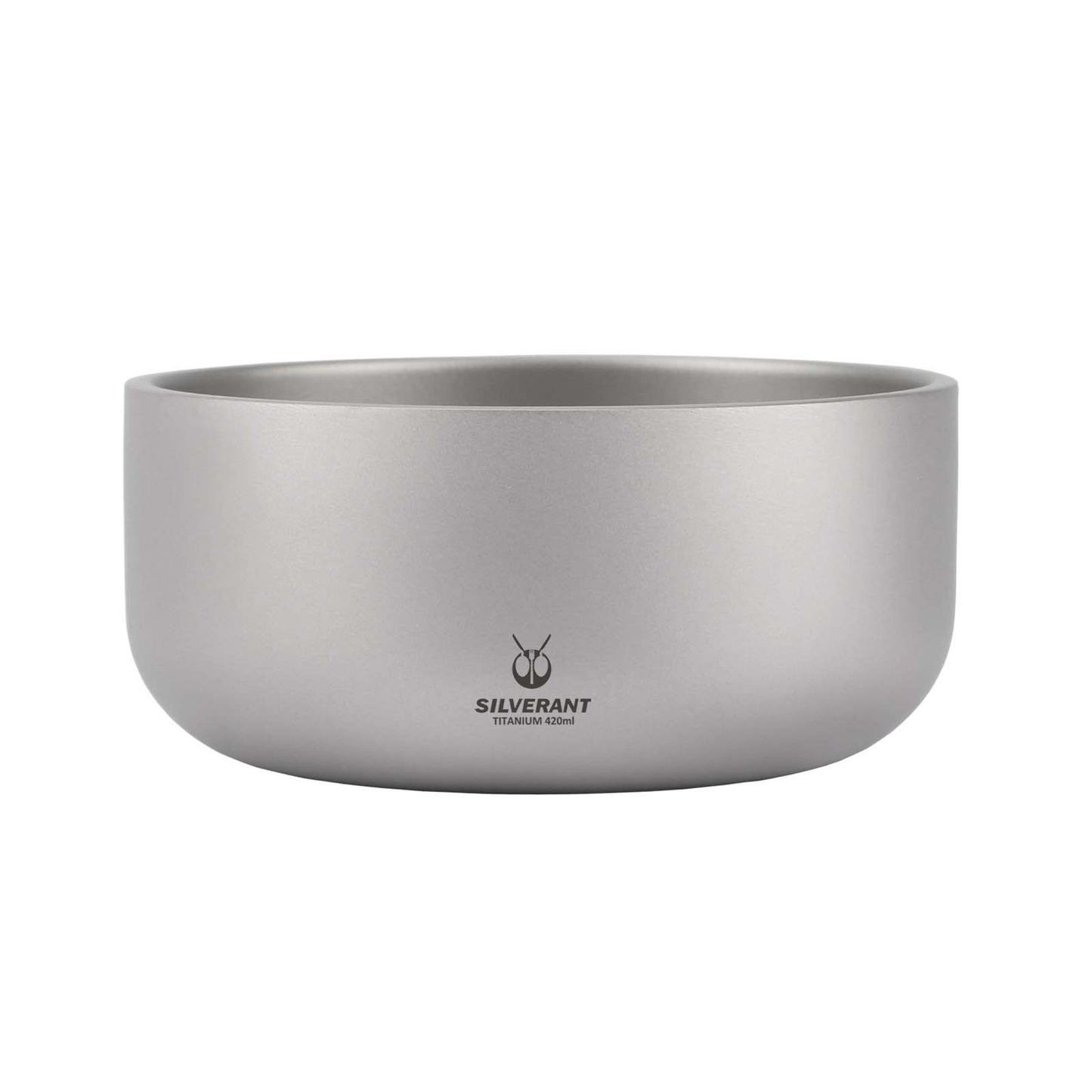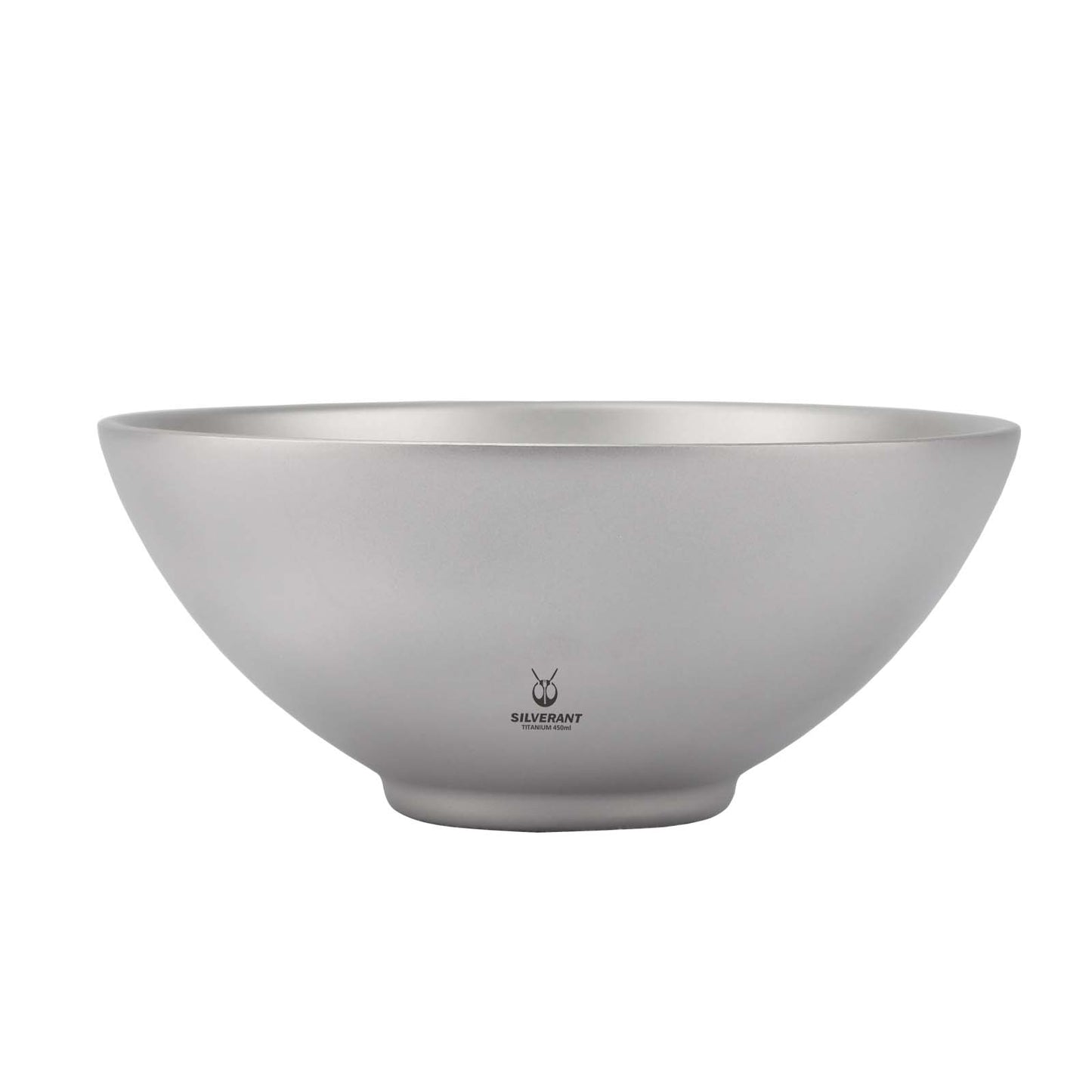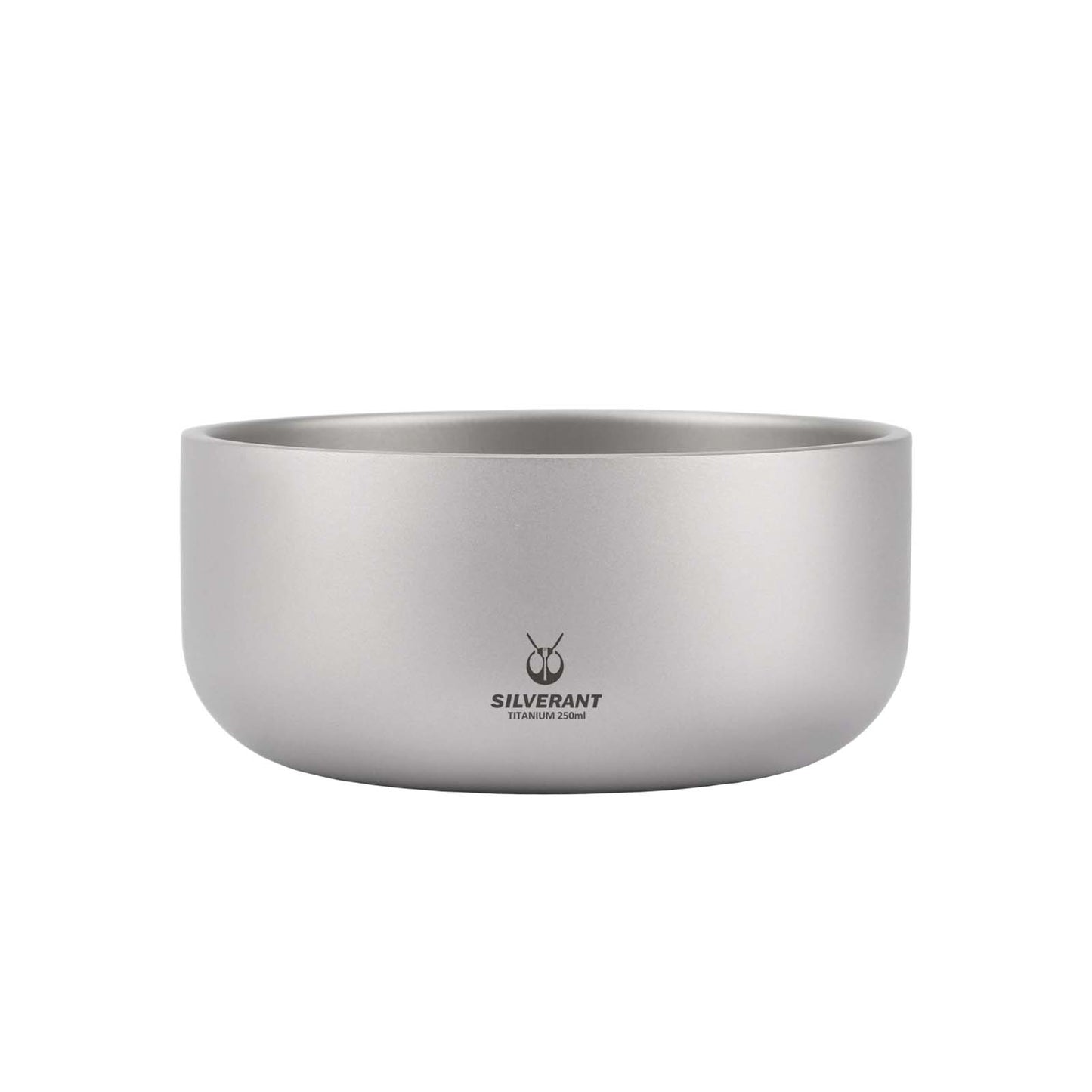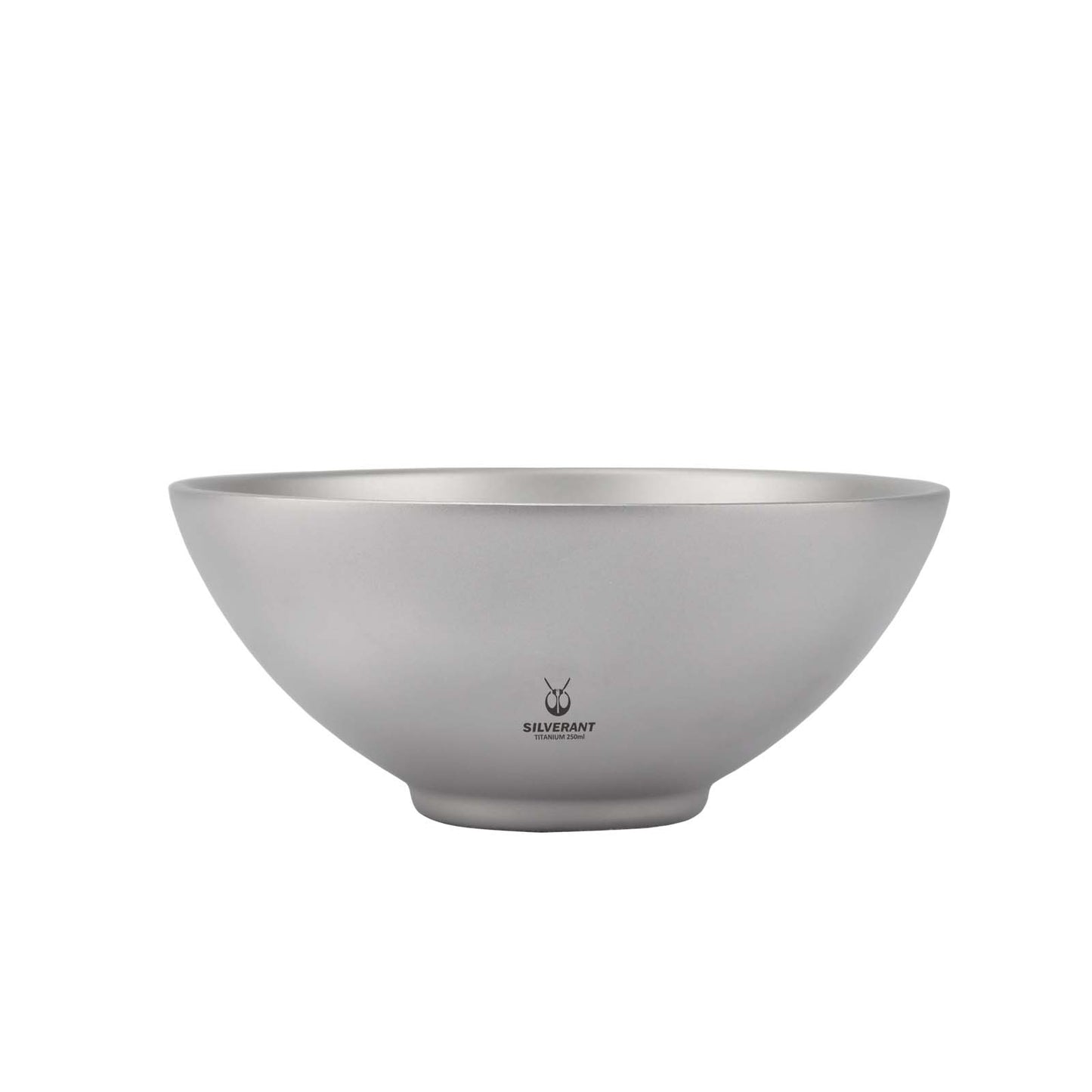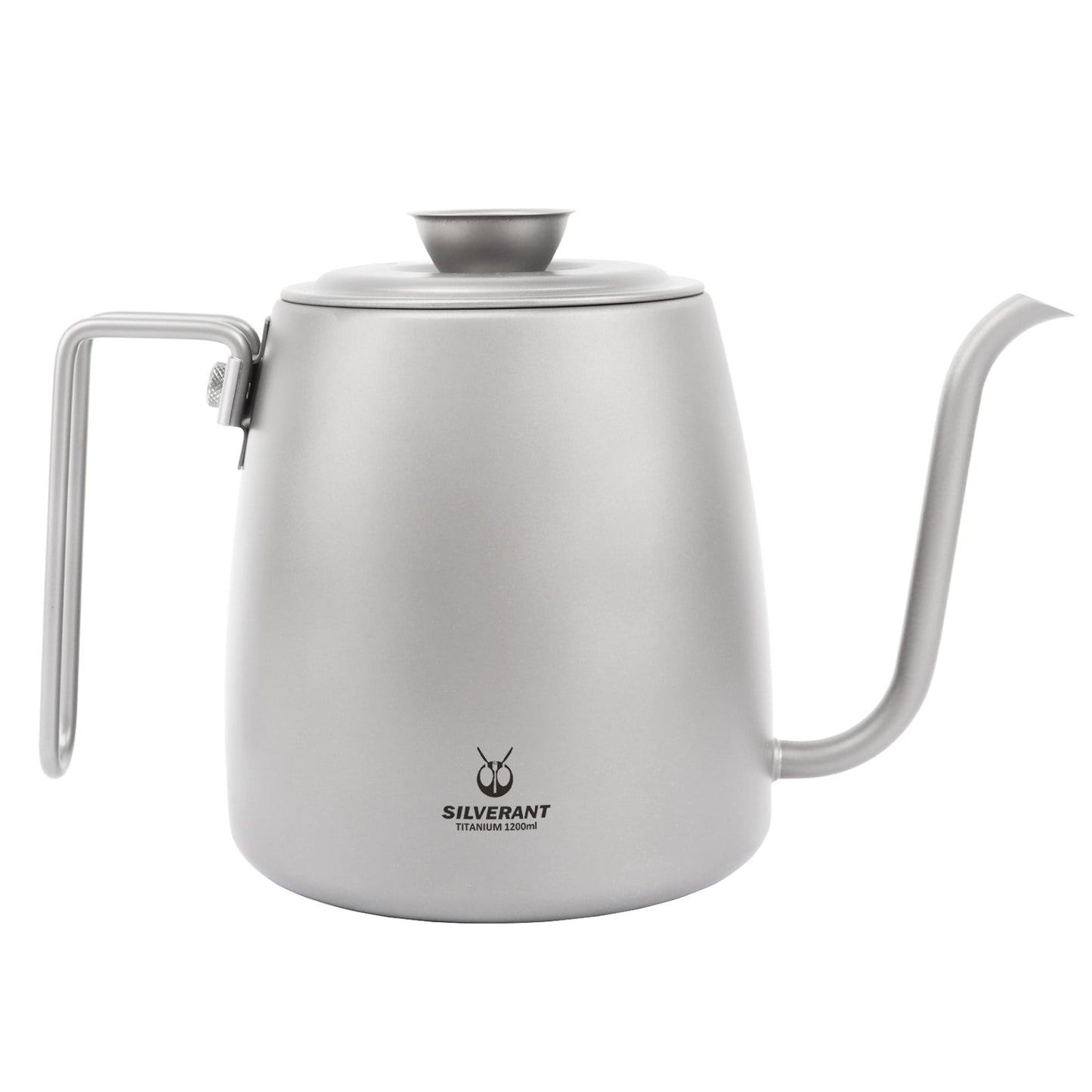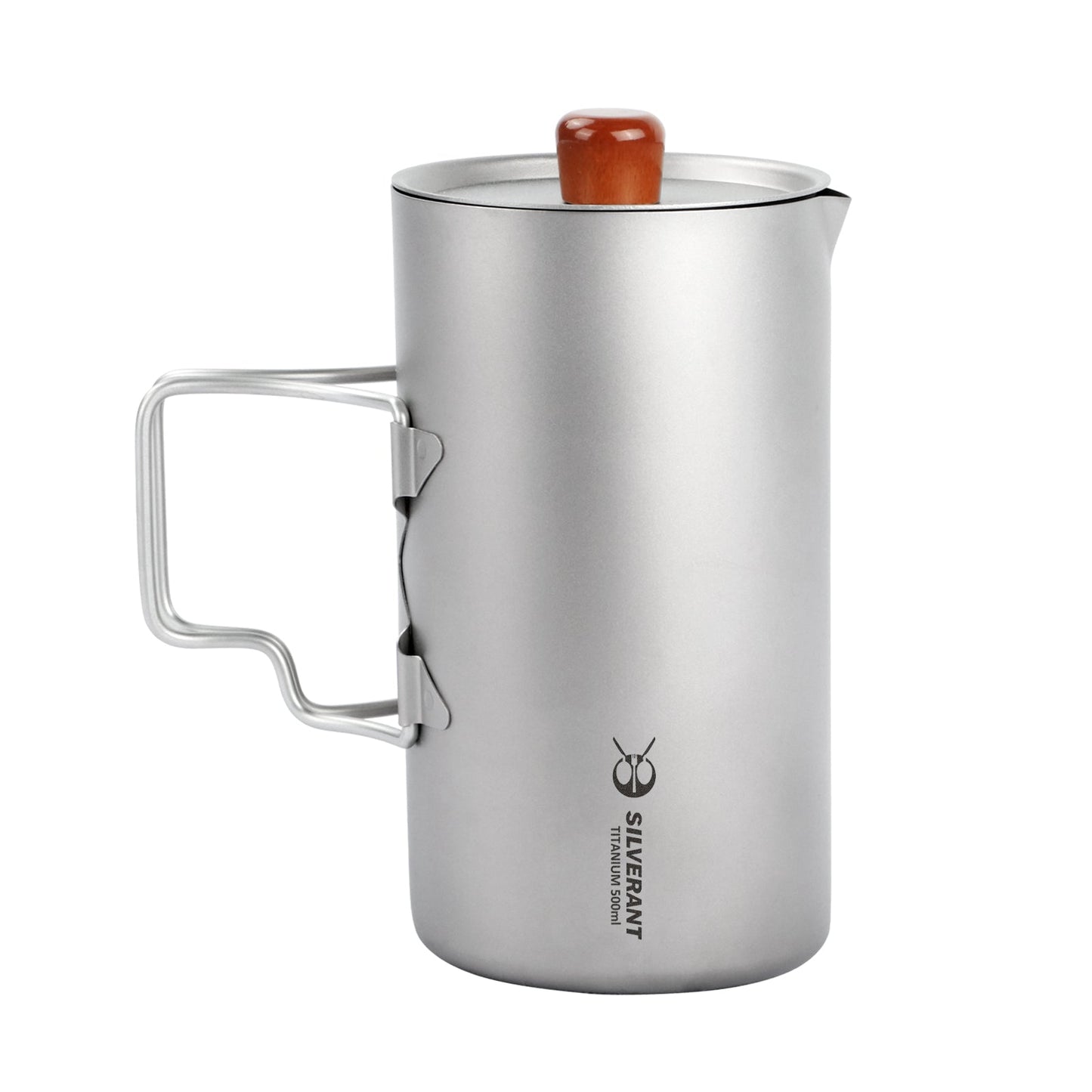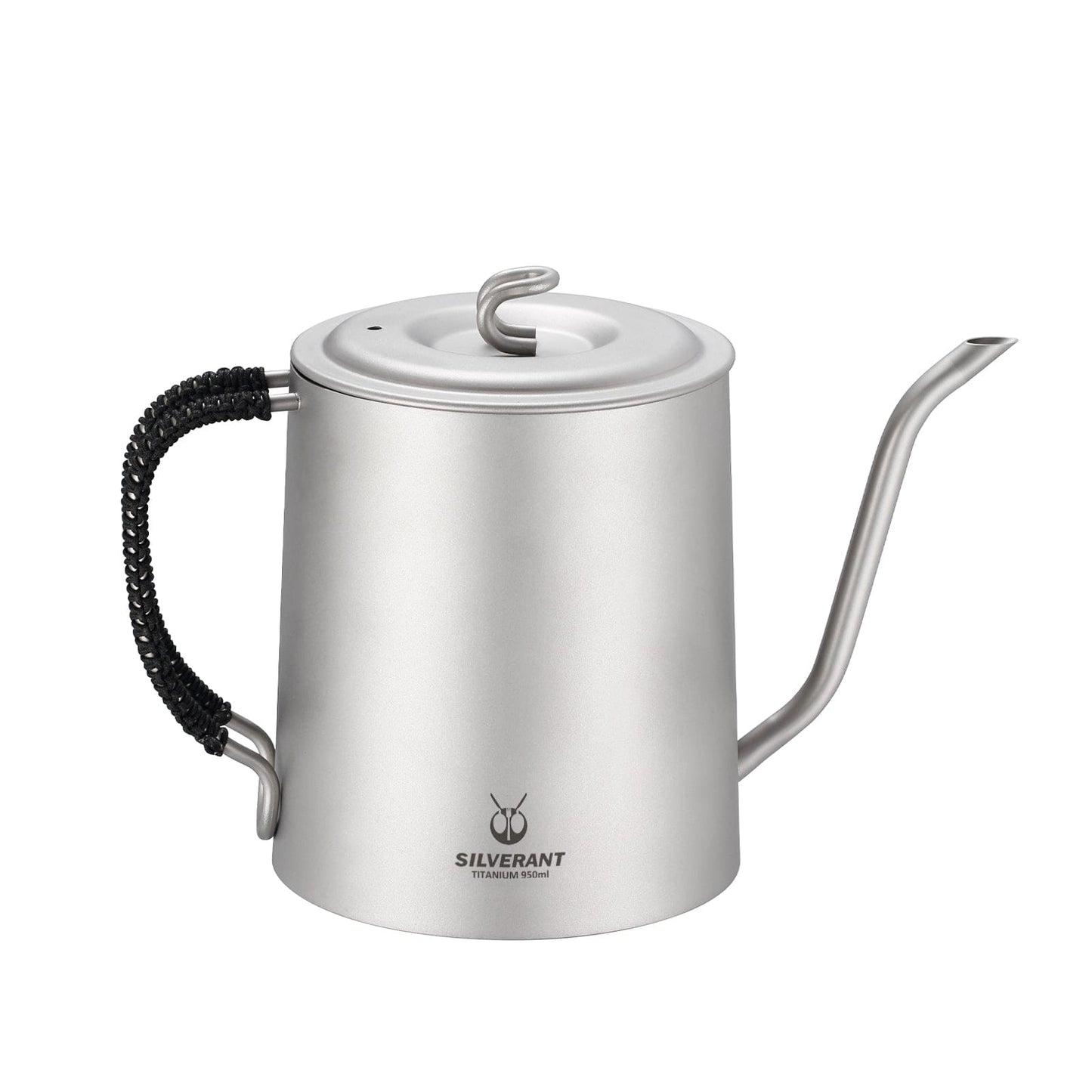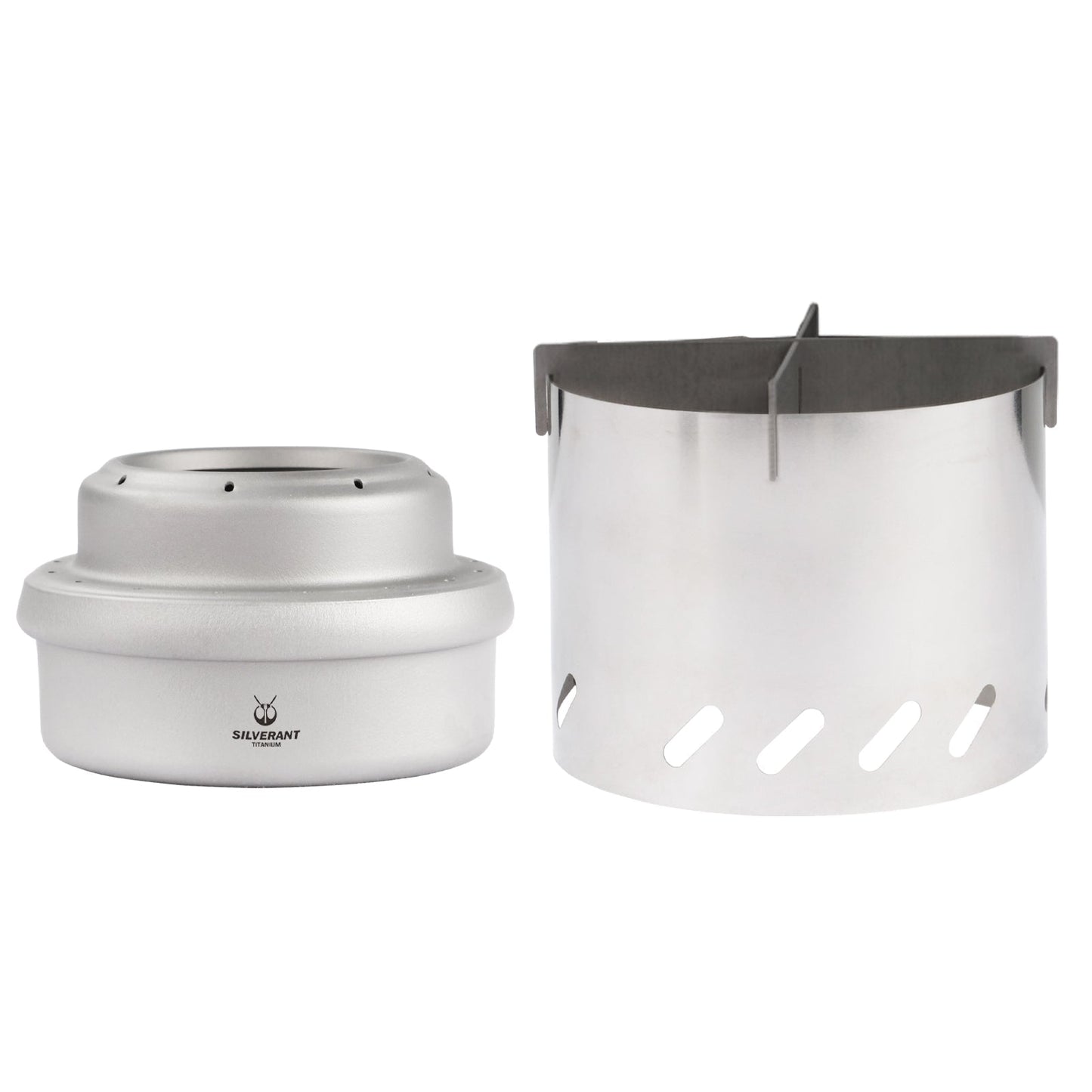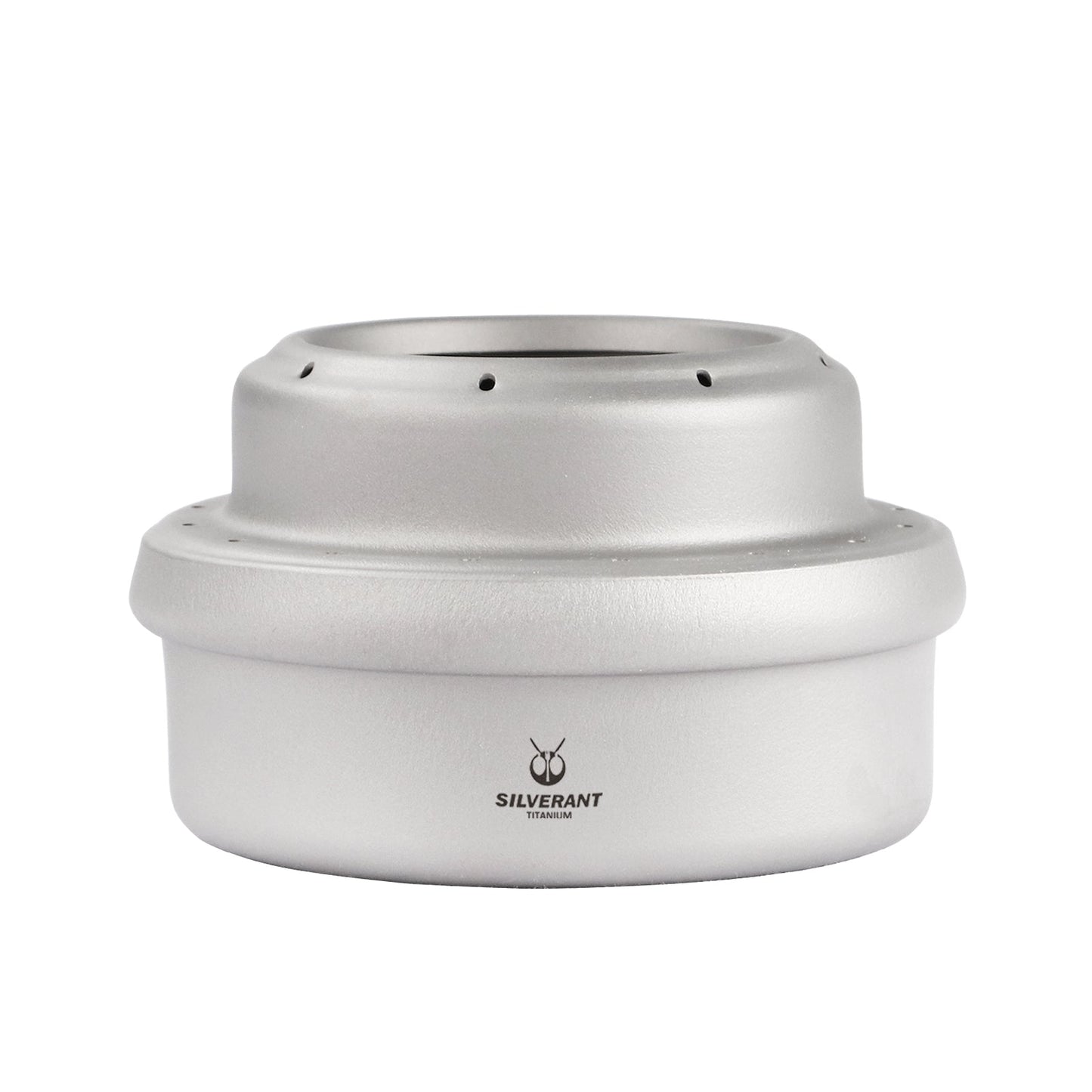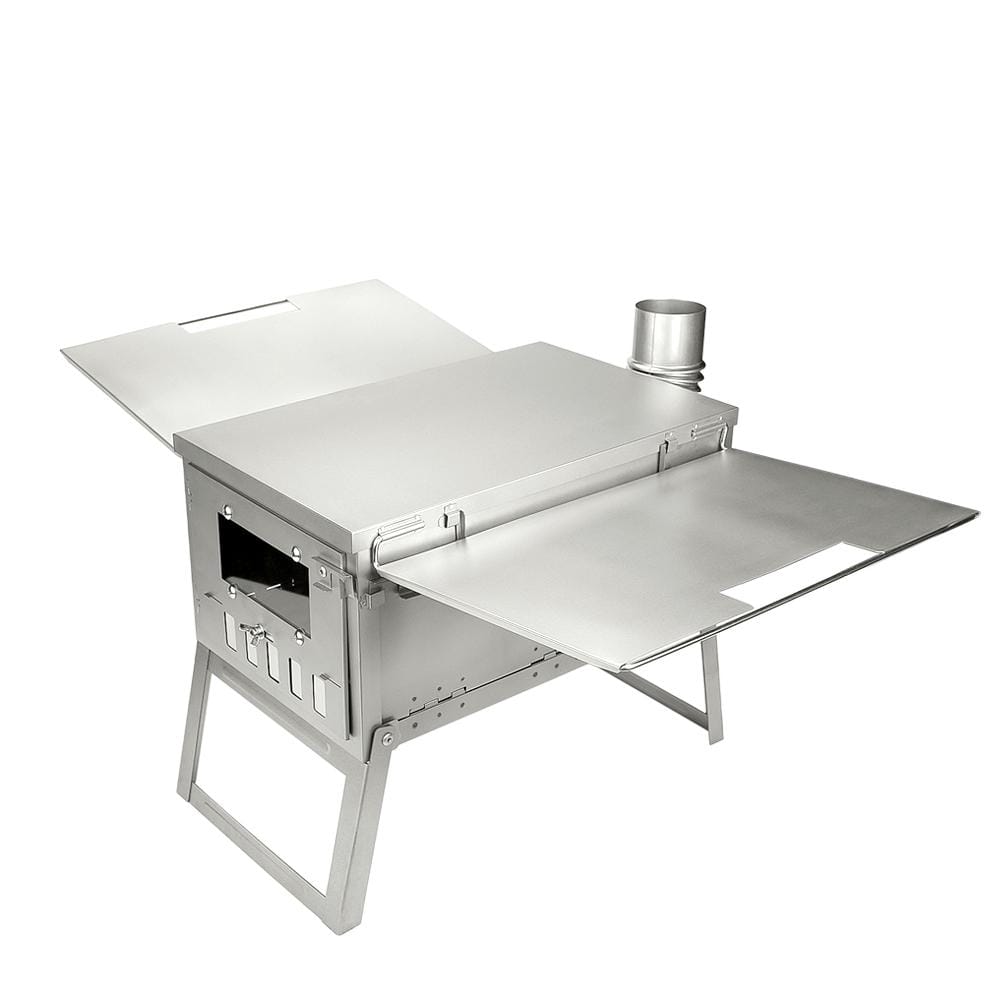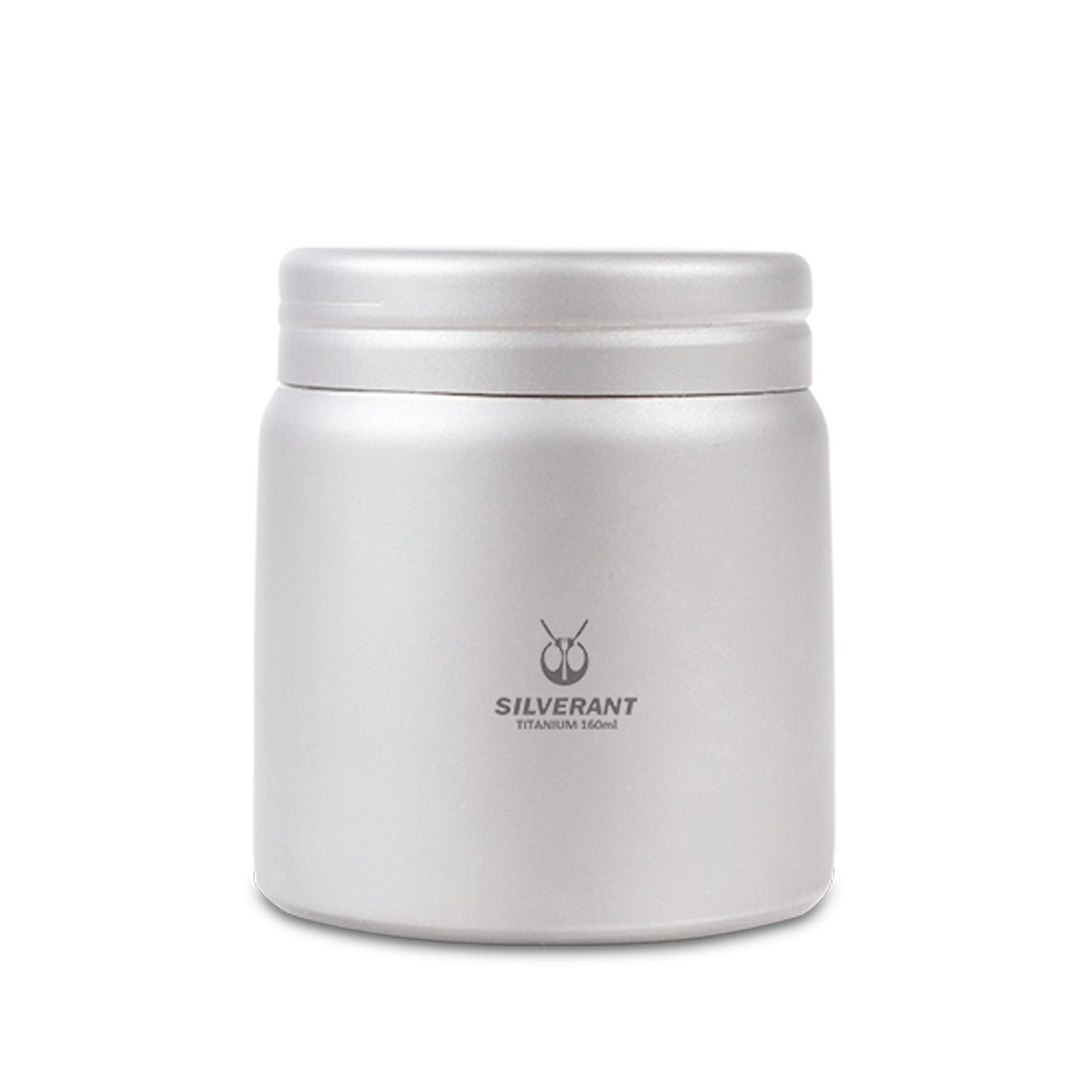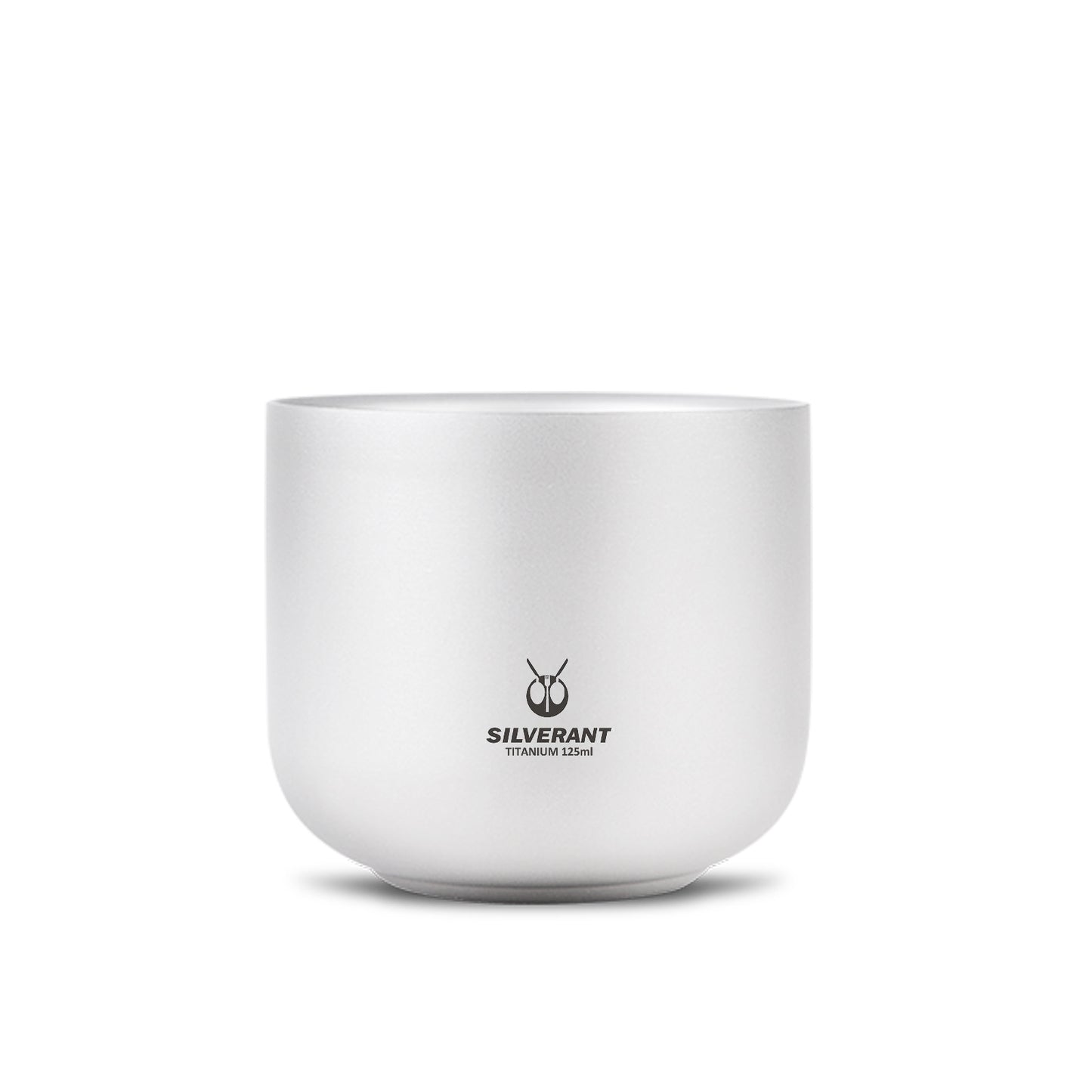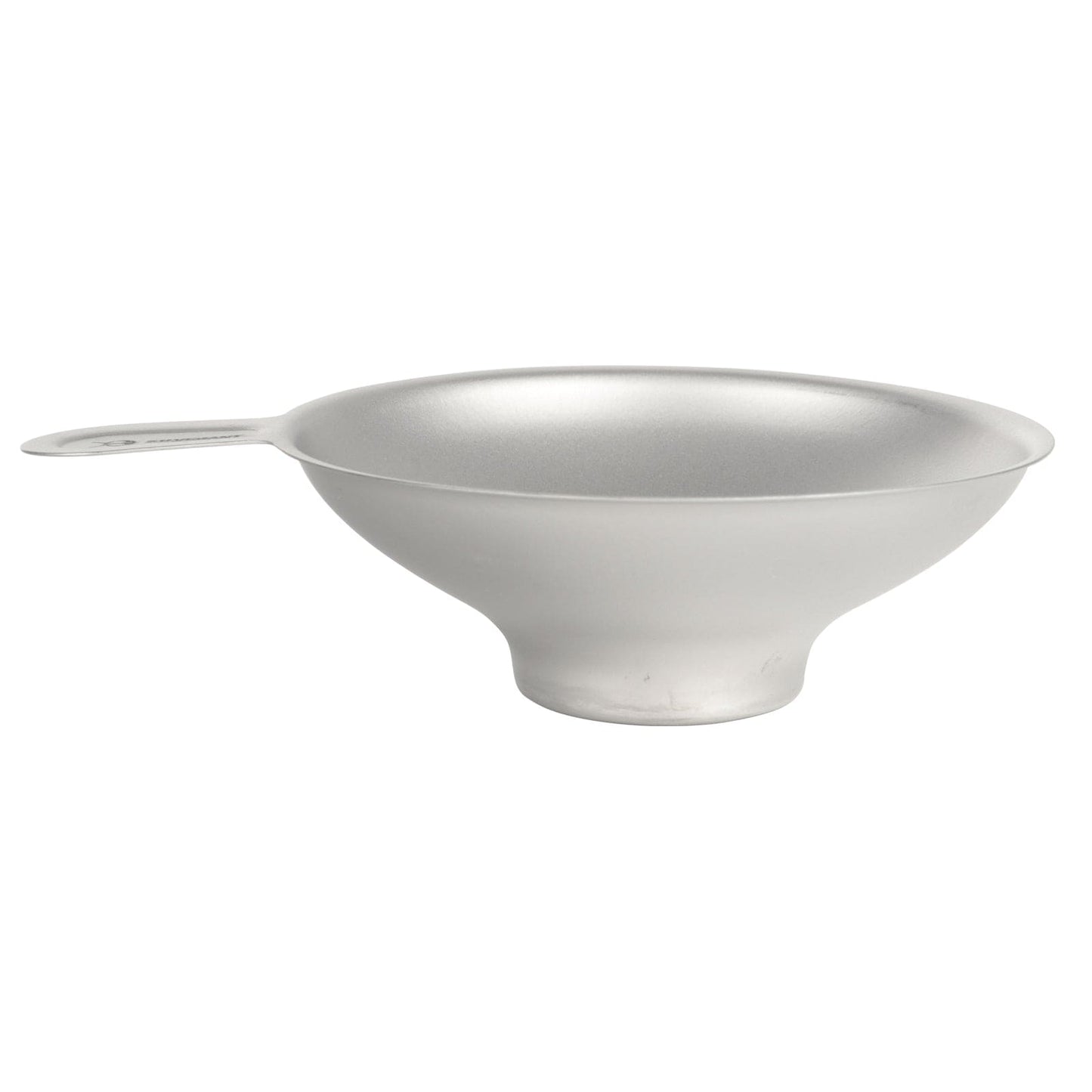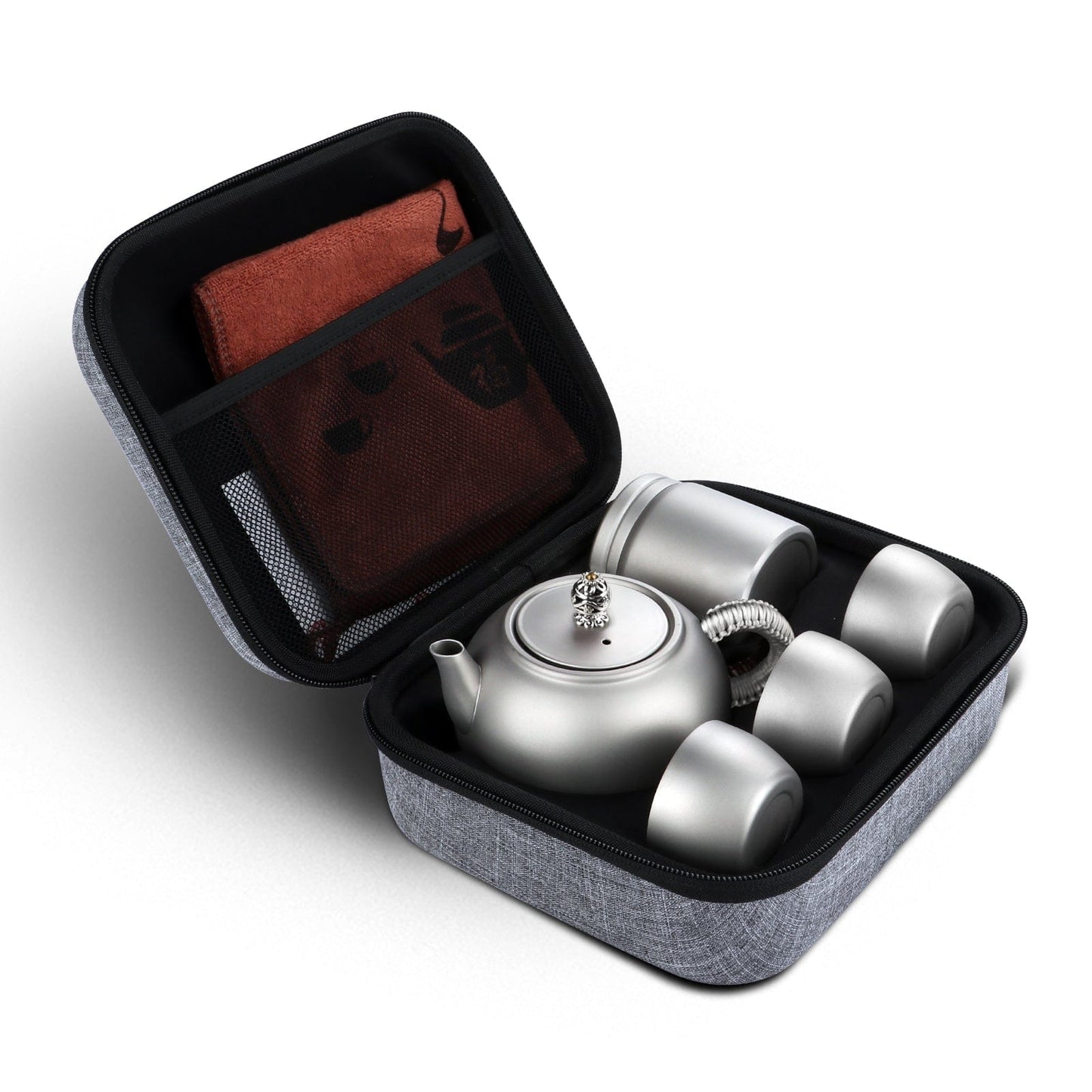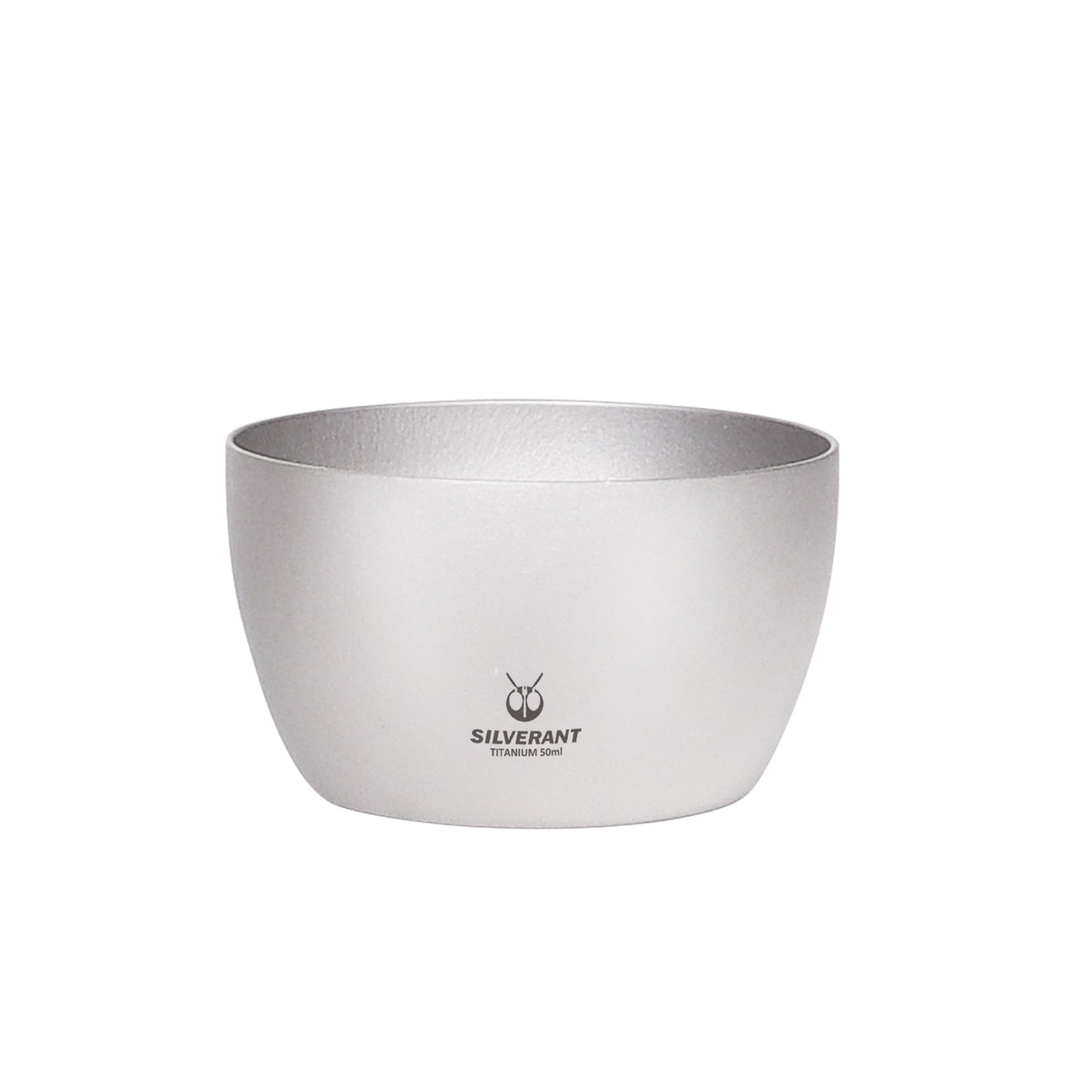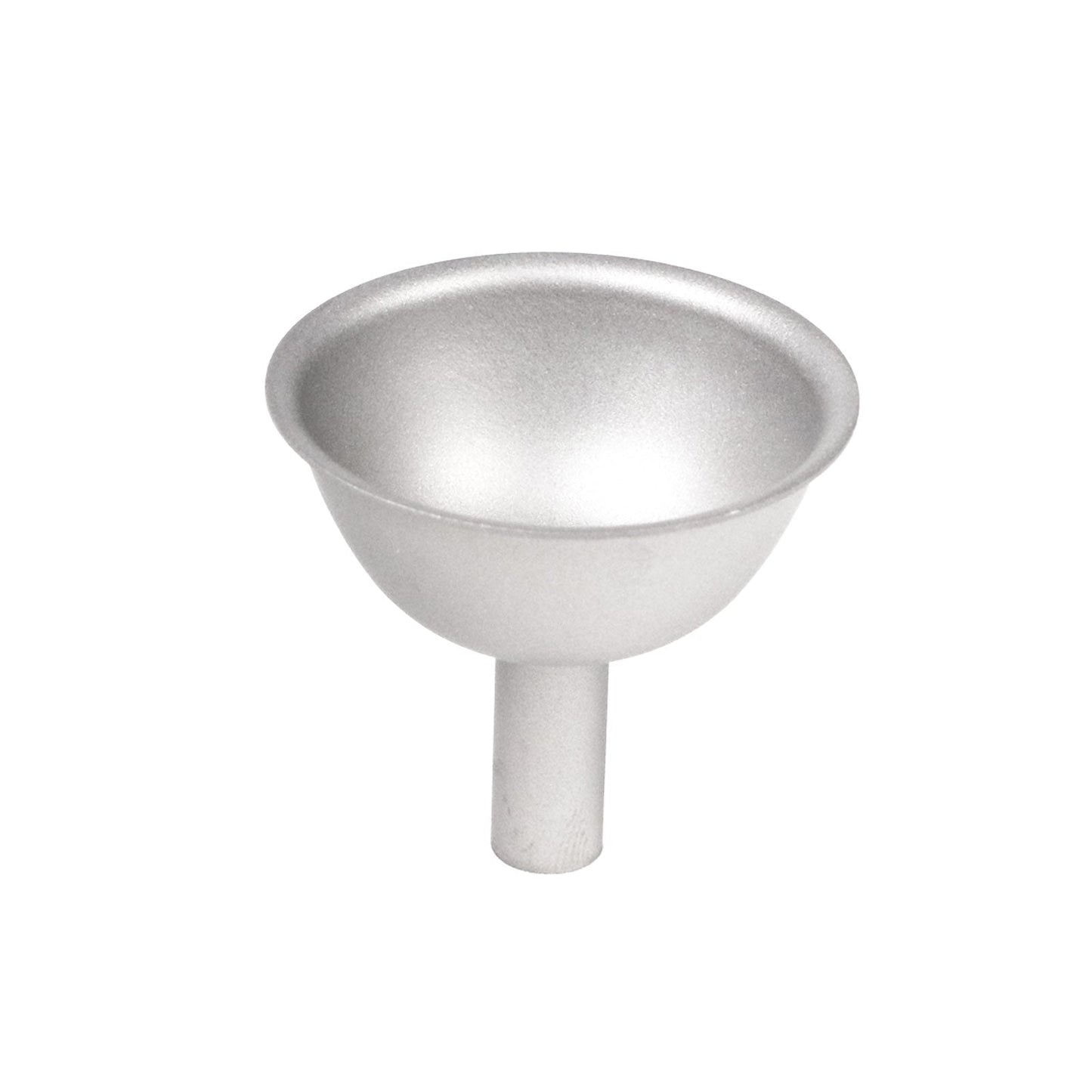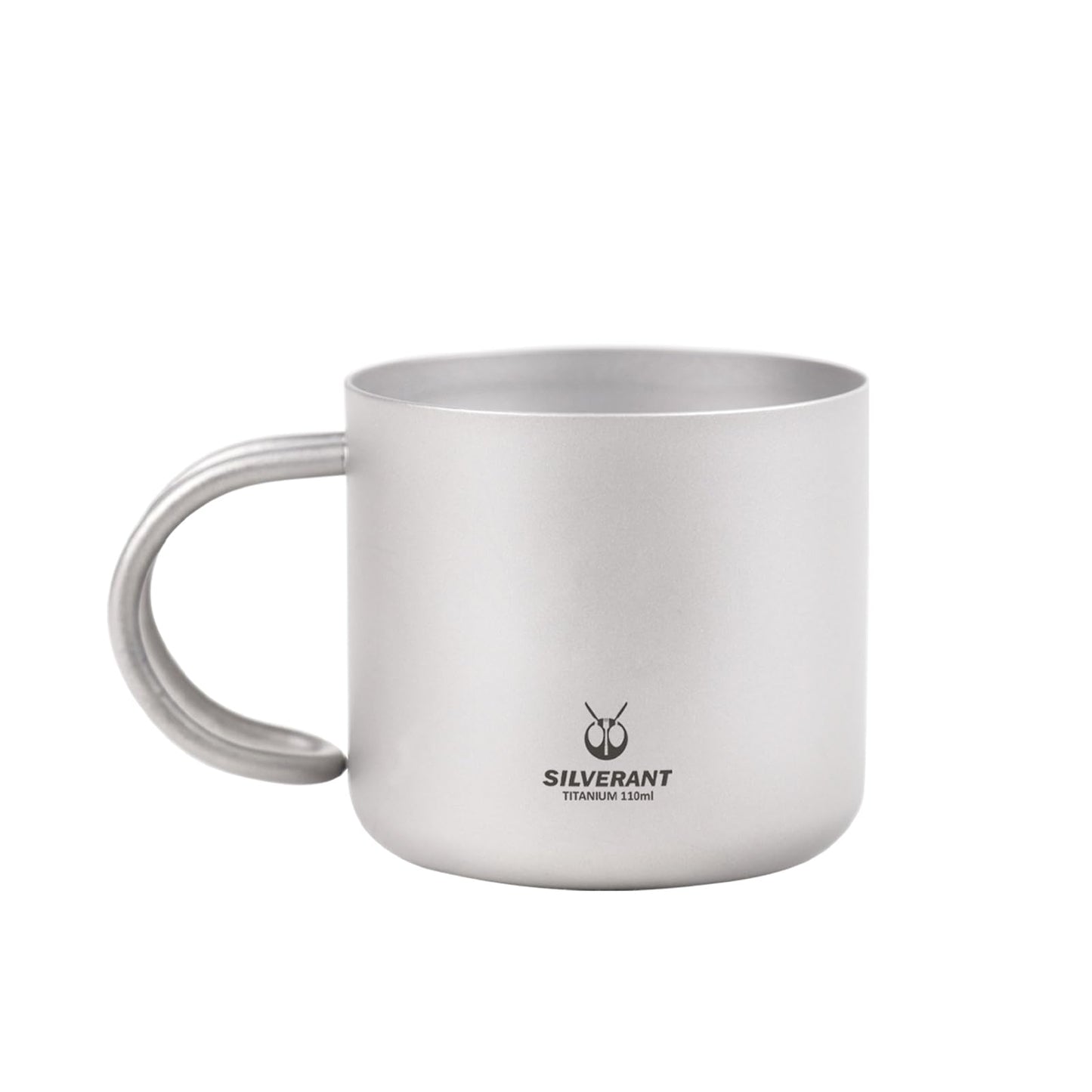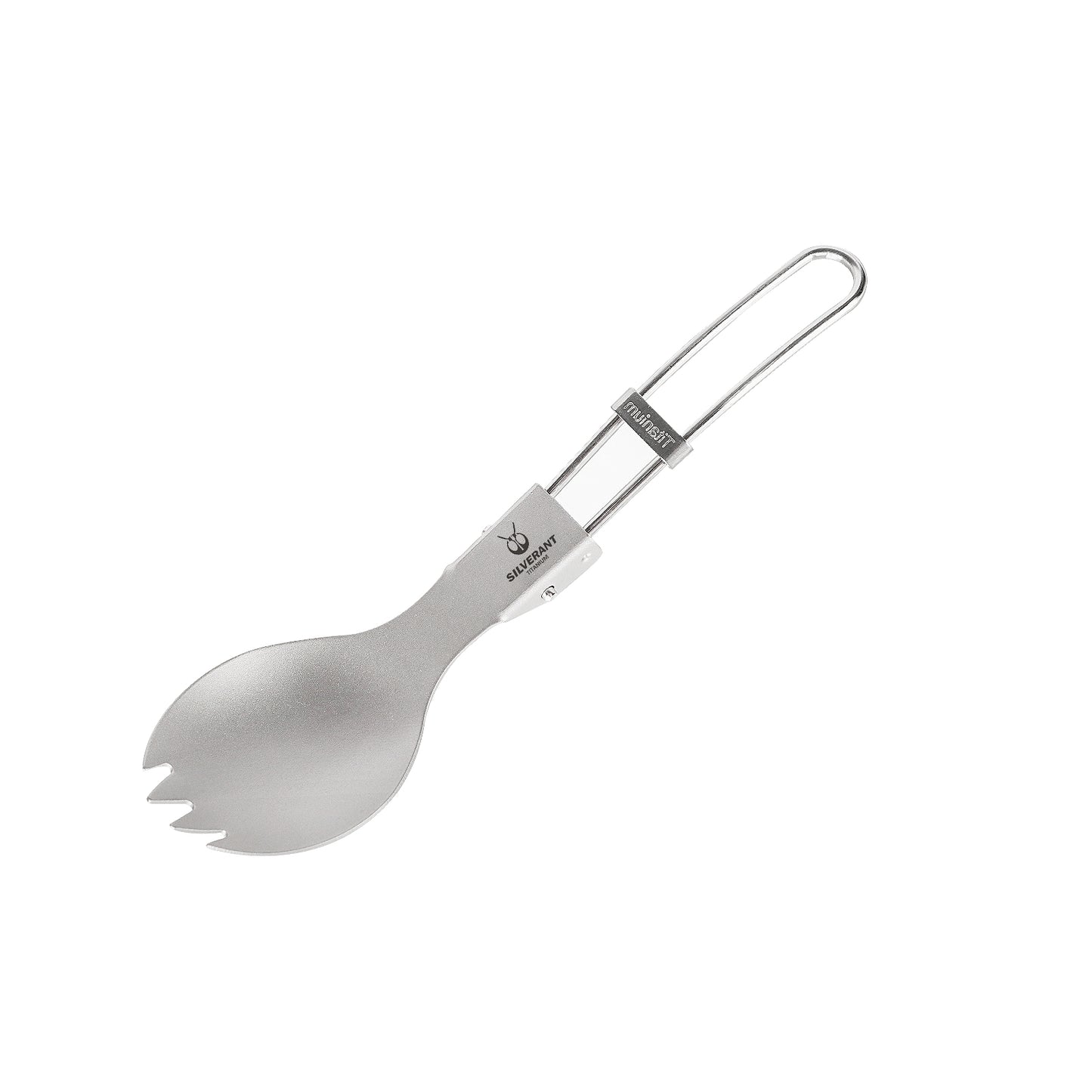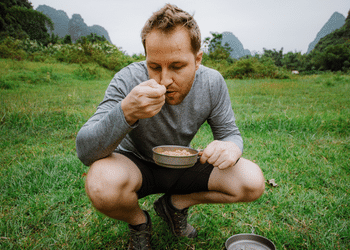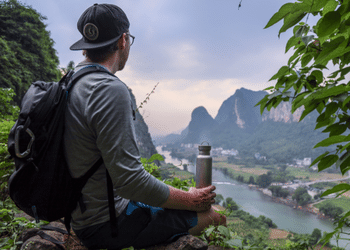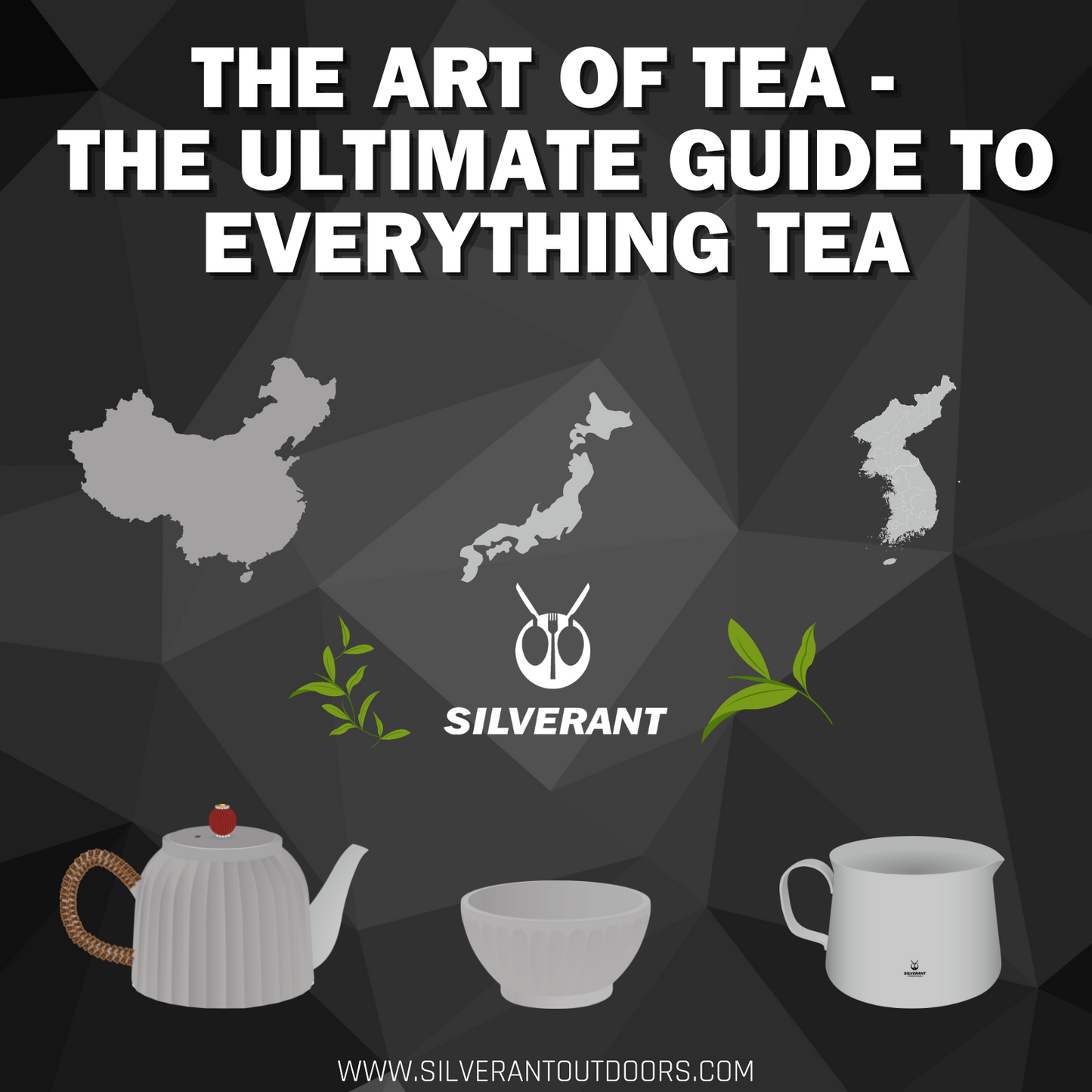
The Art of Tea - The Ultimate Guide to Everything Tea
Tea has been enjoyed and drunk for millennia. Steeped in history and mystique, with ancient rituals and the famous tea ceremony.
Tea symbolizes ancient eastern philosophies as well as being central to many Asian cultures.
Among all the formalities of drinking tea, the drink has also been central to some controversy. No more than when the British managed to steal tea plant saplings in 1848 from China across the Himalayas and begin cultivating in India. Controversies aside the significance of tea and the tea ceremony itself continue into the 21st Century.
The Tea ceremony is an important part of various cultures around the world, including Chinese, Japanese, and Korean cultures. It is a ritualized way of preparing and serving tea that involves careful attention to every detail and embodies principles of harmony, respect, and mindfulness.
My very first acquaintance with green tea in particular was in the UK almost a decade ago in my very early twenties. I was working as a waiter at a French Restaurant and we had on the drinks menu a range of teas. As a waiter, I could drink any of the hot drinks while working. There was Jasmine, Mint, and Green tea, as well as the standard English black tea. I remember distinctly the brand was Tea Pigs. Now Tea Pigs didn’t do loose-leaf tea only in the classic tea bag variety.
Looking back now after my own experience in both China and Japan I realize I was making my green tea all wrong back then. I would soak the green tea bag for way too long, often producing a bitter flavor. Nevertheless, when I got the brewing right, I really liked the flavor.
When I originally traveled to China I never had the opportunity to join or observe a tea ceremony. Till that point, I had only seen the tea ceremony in movies.
It was only when I moved to Yangshuo, China to rock climb and teach English that I started to drink tea on a daily basis. With Chinese friends and colleagues, it was easy to be immersed in Chinese tea culture.

Amongst the karst limestone peaks from Yangshuo to Xingping, there is an organic tea farm producing both Oolong and Green tea. During my 2 years living there, I would monthly head off to buy tea as well as take any family or friends that visited Yangshuo along too. Every visit the staff would immerse me in the culture trying new varieties of tea and always within the setting of a tea ceremony.
Now every day in the SilverAnt office and at home I am drinking a variety of Oolong, Pu’er, or Green tea as well as matcha on occasion. It’s now a ritual and a habit every afternoon to drink tea.
So in this article today I want to share with you my knowledge and experience of tea. Please bare in mind I haven’t been to Korea, YET! So here I did some research and got even more intrigued.
For those that want a summary of what’s going to be covered please check below.
- The history of tea and its cultural significance
- Regional differences
- What teaware do you need?
- The tea ceremony
- The art and philosophy of tea
- Common types of tea
- Health benefits of tea
Tea History And Cultural Significance
To start until you have visited either China, Japan, or Korea it is hard to state the significance of this beverage and its influence.
Tea is made from the leaves of the Camellia Sinensis plant and can be traced back to China, where it has been consumed for over 4,000 years. According to legend, tea was discovered by the Chinese emperor Shennong in 2737 BC when some leaves from a wild tea plant fell into a pot of boiling water. He found the resulting brew to be refreshing and revitalizing, with tea quickly spreading amongst the Chinese nobility, with tea houses soon being established.

The popularity of tea soon spread beyond China to other parts of Asia, including Korea and Japan. In Korea, tea was introduced during the Three Kingdoms period (57 BC – 668 AD), quickly becoming an important part of Korean culture. Tea ceremonies were held to mark important events such as weddings, funerals, and diplomatic meetings, and tea was also used in medicine.
In Japan, tea was introduced in the 9th century by Buddhist monks who had traveled to China. The Japanese developed their own unique tea culture, known as the "way of tea" or "tea ceremony" (chanoyu). This involved a highly ritualized and formal process of preparing and serving tea. It was seen as a way to cultivate harmony, tranquility, and gratitude.
In China, tea continued to be an integral part of daily life, and the Chinese developed many different styles and methods of preparing and serving tea. Tea was used not only for its taste and health benefits but also as a symbol of status and social class. Different types of tea were associated with different regions and seasons, and elaborate tea ceremonies were held to mark special occasions.
Today, tea remains an important part of Asian culture, and its popularity has spread to other parts of the world. I particularly thank Tim Ferriss and Silicon valley for generally increasing awareness and a host of e-commerce sites selling tea straight from China. Although now common teas like Oolong and Jasmine are available almost everywhere via tea bags in supermarkets. Head to the nearest Starbucks and order the Oolong tea. It’s actually not bad just don’t leave the tea bag in too long.
Regional Differences
With tea, it is important to understand the differences among Asian countries. While Korea, Japan, and China are all countries with a strong tradition of tea consumption, there are some regional differences in their tea cultures.
In Korea, tea is an important part of traditional Korean culture and is often consumed as a way to relax and socialize. The most popular types of tea in Korea are green tea and barley tea. Barley tea is a roasted grain tea that can be enjoyed both hot and cold. Korean tea ceremonies are generally less formal than those in Japan and China and are often conducted in casual settings such as homes or tea shops.
In Japan, tea is highly formal, with the most famous form being the traditional Japanese tea ceremony (chanoyu). Japanese tea culture has a strong emphasis on simplicity, elegance, and attention to detail. One of my favorite things from Japan is Wabi Sabi. This is one of the philosophies I’ll explore a little later in the article.
The most famous type of tea in Japan is matcha, a powdered green tea that is whisked with hot water to create a frothy, colorful green drink. Also Sencha a traditional green tea is usually daily drunk too. I felt being in Japan drinking tea you couldn’t really relax whereas in China you can very easily at a tea ceremony and enjoy good conversation.
In China, tea is a deep part of Chinese culture and has been consumed for thousands of years. Unlike in Japan, Chinese tea ceremonies are generally less formal. Although there are some more elaborate tea ceremonies that are performed for special occasions. The wedding tea ceremony is particularly nice and also when a man will ask his girlfriend’s parents permission to marry their daughter. This occasion will often happen at a very good restaurant where they will serve tea prior.
Chinese tea culture also really emphasizes the health benefits of tea. Older Chinese people will often carry tea around with them in a double-wall water bottle and drink it throughout the day. Also in China, they will often add other ingredients to the tea, for example, goji berries and chrysanthemums or other types of flowers.
Overall, while Korea, Japan, and China all have strong tea cultures, the specific customs, types of tea, and ways of preparing and drinking tea can differ between these countries. This is also true of the teaware which we shall explore next.
What Teaware do you need?
The types of teaware used to drink tea in Japan, China, and Korea can vary depending on the type of tea being consumed and the cultural traditions surrounding tea in each country. However, here are some examples of teaware commonly used in each country:
In Japan:
- Chawan (tea bowls): Usually ceramic bowls that are used to whisk and drink matcha. They usually hold up to 100ml of liquid but can be more. They are highly treasured by the owners and immense pride is taken in choosing the Chawan.
- Chasen (tea whisks): These are bamboo whisks used to froth and mix matcha in the Chawan.
- Chashaku (tea scoops): Commonly these are bamboo scoops used to measure the amount of matcha powder into the Chawan.
- Kyusu (teapots): Small, handleless teapots are often used to brew sencha or other types of Japanese green tea.
In China:
- Gaiwan: This is a small lidded bowl often used to brew Chinese tea such as oolong, black, or pu-er. It can also be used for tasting the tea and smelling the aroma.
- Yixing teapot: These are small teapots made from a special type of clay that is believed to enhance the flavor of tea over time. They are often used for brewing oolong or other types of Chinese tea.
- Gongfu tea tray: This is a tray used in the Chinese tea ceremony to hold the teapot, cups, and pitcher while brewing tea. It also helps to catch any spills or drips.
In Korea:
- Jeongja (tea bowl): This is a small bowl used to drink tea, typically made from ceramic or porcelain.
- Hwagaejang (tea strainer): A strainer used to filter out tea leaves while pouring tea into the tea bowl.
- Tteokseon (bamboo ladle): This is a long-handled bamboo ladle used to pour water into the teapot or tea bowl.
- Darye (tea ceremony table): This is a low table used for the Korean tea ceremony, on which teaware and other items are placed.
Of course, these are just a few examples of teaware used in each country, and there are many variations and styles depending on the specific region or tea type being consumed. Now that we have covered the basics needed its onward to the tea ceremony.
Preparing for the Tea Ceremony
With the teaware organized the next part is to prepare for the tea ceremony. This is often done by welcoming guests across all 3 cultures into the tea or dining room. The similarity between all the cultures is that they always clean, cleansing the teaware and cups. In Japan, more attention will be focused on the setting, and the balance/harmony.
For cleaning, the tea ceremony will have up to two steps. The first step is always with boiling hot water. The second step is with tea. However, not all teas require a second cleaning and purification.
There is no rush with the cleaning of the teaware in any of the cultures. To clean the host will always use 100-degree boiling water. No washing utensils will be used to wash the teaware. This is because the general consensus is the longer the teapot is used the greater and richer flavor.
Washing any item of teaware with soap is a cardinal sin. Always boiling hot water is used. If multiple teas are used the owner will often have one teapot for green tea and then another for Pu’erh, etc.
Waiting for the water to boil, small conversation and appreciation of the tea area will often happen. Whether the setting is formal or casual, the owner will be immensely proud of the teaware. Guests will often remark on this.
With the teapot and teacups clean the guest will then add the chosen tea to the teapot. Now there is some subtlety and nuance here. If the tea is organic and a green variety you don’t need to clean and purify the tea. But for a black tea like Pu’Erh, you will steep the tea once releasing all the aromas and pouring it into the guest’s cups to once again cleanse. The first round of tea will then be poured away. The decision to purify the tea like this is the host’s decision or predicated on the tea choice.
Another note I have found from my own experience is guests will carefully watch as you clean the teaware. They want to ensure cleanliness and readiness for the tea. As in the classic 5-course meal, this cleansing is like the visual entre.
Steps of the Ceremony
Now that the tea cups have been presented to each of the guests the main tea ceremony can begin. I have broken down the differences across China, Japan, and Korea below.
China
In China, with the teacups and teapot clean the host will then add the chosen tea. For important guests, a better quality tea will always be chosen. This is the same across all cultures. For today's article example, I will discuss Longjing Tea. A variety of green tea that uses only the top tea leaves from the plant. It is one of my favorites and an acclaimed tea in China.
The host will add the tea leaves to the teapot and pour hot water. Each tea like different coffee beans will have a recommended temperature for optimal brewing. For the Longjing tea, the host will pour and steep the tea releasing the aromas before pouring away the first batch.
Next, the host will pour hot water again into the teapot leaving the tea to steep. The steeping is not too long as if left too long the tea will become bitter. Usually, 10 seconds is enough. If you have a larger teapot a little longer, perhaps 15 seconds.
With the tea steeped comes the pouring which in itself is an incredibly elegant affair. The host will always pour to the most important guests first. Lastly, the host will pour for himself. This is the same regardless of men or women in China. Age is another factor where the eldest will be poured their tea first as a sign of respect.
After the guests have been poured tea the host will re-boil hot water and further steep the tea. If the guests haven’t finished their tea the host will pour the steeped tea in preparation into a tea pour over ready for then the guest has finished their tea in the cup.
An attentive host will be ready almost instantly once the tea cup touches the table to re-pour for his guests.
After 4-6 times of steeping the tea the flavor will be reduced and new tea will be needed. This is very common during casual business discussions. If this is the case then the old tea leaves will be discarded and the tea cups along with the teapot will be cleaned and cleansed. This step is the same as in the preparation of the tea ceremony.
The longest I have sat and drunk tea in a formal setting like this has been 3 hours in the afternoon during business discussions. My host changed the tea twice letting me try both a famous Longjing tea and Pu’erh. For this he changed teapots and washed the tea cups thoroughly before letting me sample. First was the green Longjing tea as it is lighter and not as rich as a Pu’erh.
Japan
In Japan, the tea ceremony (Chanoyu) is a highly ritualized and formalized affair, typically lasting several hours and involving many intricate movements and gestures.
For this example of the tea ceremony, I will use the popular Sencha Green tea and briefly explain the difference with preparing matcha. To brew and serve Sencha tea is almost identical to the steps followed by the Chinese tea ceremony. The host will once more pour to the most important guests first and pour for themselves last.
As mentioned before it is common for the Japanese tea ceremony to last a few hours so again the tea will be changed. Each time the cleaning and purification will take place before fresh tea is added to the teapot, brewed, and poured. Nevertheless, with Matcha, it is very different regards preparing and brewing. When I first was offered Matach like this in Japan I was so fascinated!
For Matcha, the host prepares the matcha tea by measuring the tea powder into the Chawan (tea bowl) and adding hot water. Once more a set temperature is common with 80 degrees being the general consensus. Each Matcha company will tell you the optimal temperature on the packet. The host will then gently whisk the mixture with a Chasen (tea whisk) until frothy. During this extreme care is taken not to spill any over the rim. It’s much harder said than it looks as the art of matcha resides in the whisking!
With the matcha ready the host will serve the tea. Each time the host serves the tea to the guests, they offer each cup with a bow. Once each guest has a teacup they will savor the tea, admiring the color, aroma, and flavor of the matcha. In addition, the guests will appreciate the teaware, examining and appreciating the teaware used in the ceremony, noting any unique features or designs. After general conversation and drinking of tea it is time to clean and close the ceremony. The host cleans the teaware and puts it away, and guests bow to each other to signify the end of the ceremony.
The cleaning of the teaware in Japan within the ceremony is common whereas in China this doesn’t often happen with the host cleaning the teaware later after guests have left.
Korea
The Korean tea ceremony, known as Darye, is an important cultural practice in Korea. While it is more relaxed and informal than the tea ceremony in Japan, it still holds great significance in Korean culture. The preparation of the tea room is an important aspect of the ceremony.
The room is typically set up with a low table and cushions or mats for guests to sit on. The space is designed to create a comfortable and peaceful atmosphere for the guests to enjoy their tea.
During the ceremony, the tea is prepared by brewing loose tea leaves in a small teapot or gourd. Similarly, the Korean tea ceremony follows the cleaning before pouring. Once the tea is brewed, it is poured into small cups and served to the guests. It is customary for guests to bow or express their gratitude to the host before receiving their tea.
Once the guests receive their tea, they can savor it and engage in conversation. It is common for small snacks or sweets to be served alongside the tea, which can complement the flavor and enhance the overall experience. In Korea, in contrast to China and Japan sweets are also combined. In China especially and Japan I have never eaten during the tea ceremony.
These treats are called "chak-han" in Korean, which means "tea snacks" or "tea food".
Chak-han can be savory or sweet and are typically bite-sized or small enough to be easily eaten with chopsticks or a small spoon. Some common examples of Chak-han include rice cakes, sweet rice crackers, dried fruit, nuts, and traditional Korean sweets like Yakgwa, which are deep-fried honey cookies, and Hangwa, which are colorful, bite-sized sweets made from rice flour and honey.
The type of Chak-han served in the tea ceremony can vary depending on the season, the occasion, and the preference of the host or guests. For example, during the hot summer months, chilled fruit or sweet rice cakes may be served, while in the winter, warm, sweet soups or stews may be preferred.
Overall, the Chak-han served in the Korean tea ceremony is meant to complement and enhance the flavors of the tea, as well as provide a small, satisfying snack for guests to enjoy while they savor the tea and engage in conversation.
When the ceremony is coming to a close, it is customary to bow or express gratitude to the host. This gesture shows appreciation for the host's effort in preparing the tea ceremony and creating a welcoming atmosphere for the guests. Overall, the Korean tea ceremony is a beautiful and meaningful cultural practice that emphasizes respect, mindfulness, and appreciation for nature.
The Art and Philosophy of Tea
Tea plays a significant role in Chinese philosophy, especially with the influences of Lao Tzu and Confucius. In Chinese culture, tea is often associated with harmony, bringing people together and creating a sense of unity. The act of making and sharing tea is seen as a way to build relationships and foster a sense of community. This from my own experience this is very prevalent in business. All businesses will have a tea table and tea set for the host and guest to share tea.
Tea in China is associated with humility. The tea plant grows low to the ground and requires careful cultivation and attention. Tea masters must be patient and humble in order to bring out the best flavors and aromas in the tea they grow and harvest.
The practice of drinking tea is a meditative experience. The preparation of tea requires careful attention to detail and a focus on the present moment. By savoring each sip of tea, one can cultivate a sense of mindfulness and inner calm.
Respect is another key characteristic and philosophy associated with Chinese tea culture. I should also say that respect is deeply embedded in all Asian cultures. When serving tea, it is important to show respect to the person being served. This can be done through careful preparation, polite conversation, and attentive service. Also whenever you are served tea in China it is polite to acknowledge by tapping twice on the table with your index and middle finger together. It shows you are a respectful and polite guest.
In traditional Chinese medicine, tea is believed to help balance the body's energy (Qi) and promote good health. Tea is also seen as a way to balance the mind and spirit, promoting a sense of calm and inner harmony. Besides tea in traditional Chinese medicine, many other natural herbs or ailments are to be drunk like tea to promote your internal energy. With this, the underlying main philosophy in China is one of elevating the person’s health and well-being.
Japan
In Japan, tea is much more than just a beverage. It is an important part of the country's cultural heritage, and it has a long history with many characteristics and philosophies associated with it.
One of the most significant aspects of tea culture in Japan is the philosophy of Wabi-Sabi. This philosophy emphasizes the beauty of simplicity and imperfection, and it is reflected in every aspect of the tea ceremony. In the tea room, for example, the decor is intentionally minimalist, with natural materials such as wood, bamboo, and stone being used to create a simple and serene environment. Another element is with this philosophy their is beauty in imperfection. A classic example is when the Chawan (teacup) becomes damaged and this highly prized possession is repaired. The essence of Wabi Sabi is adding to the story and appreciating and repairing.
The Japanese tea ceremony itself is a highly ritualized practice that emphasizes respect, harmony, and tranquility. The tea master, or Chadōka, carefully prepares the tea using precise movements and gestures that are steeped in symbolism. The guests, in turn, show their respect by carefully observing and appreciating each step of the ceremony.
Tea is also seen as a symbol of hospitality and friendship in Japanese culture. When serving tea to guests, the host aims to create a warm and welcoming environment that encourages conversation and harmony.
The tea itself is also highly symbolic in Japanese culture. For example, matcha, a powdered green tea that is often used in the tea ceremony. It is believed to represent purity, tranquility, and enlightenment. The deep green color of the tea is also significant, as it is meant to evoke the colors of nature and promote a sense of calm and harmony.
Another philosophy that is prevalent and extremely important is Zen Buddhism. This entire philosophy basically focuses on simplicity. This is portrayed in the Japanese culture in almost everything they do. For those that are interested in Zen Buddhism, I highly recommend reading Beginner’s Mind Zen Mind by Shunryu Suzuki for a deeper insight into this philosophy.
Korea
Lastly, in Korean culture tea has been an important part for centuries, and it has a rich history of symbolism and philosophy associated with it. In Korean culture, tea is often seen as a symbol of respect, hospitality, and harmony. The preparation and serving of tea is a highly ritualized practice, with each step carefully considered and executed.
One of the most significant aspects of Korean tea culture is the philosophy of Dure, which emphasizes the importance of taking one's time and savoring the moment. This philosophy is reflected in the way that tea is prepared and served, with an emphasis on careful attention to detail and a focus on the present moment.
In addition to Dure, Korean tea culture is also influenced by the philosophies of Confucianism and Taoism. Confucianism emphasizes the importance of respect, humility, and self-discipline, which is reflected in the strict rules and protocols that govern Korean tea ceremonies. The tea master, or Daryeja, is expected to demonstrate humility and respect towards their guests, while the guests are expected to show respect towards the tea master and the tea itself.
Taoism, on the other hand, emphasizes the importance of balance and harmony, which is reflected in the way that tea is consumed. In Korean tea culture, tea is often served with a variety of snacks and sweets, which are meant to balance the bitterness of the tea and provide a sweet and refreshing contrast. Balance!
Also, the choice of tea served is significant. For example, green tea is often associated with health and vitality, while black tea is seen as a symbol of luxury and refinement. Tea is also used in traditional Korean medicine to treat a variety of ailments, including fatigue, indigestion, and stress.
To summarize the philosophies I wanted to share something from China that I have learned from both living here and learning Mandarin. Lao Tzu wrote the Tao De Ching which means The Book of the Way. In Chinese, they say Dao not Tao with this character 道. Dao means road or way, and in China, they often say chadao 茶道, cha 茶 means tea. So the literal translation is - The Way of Tea.
Types of Tea
After going philosophically into the art and meaning of tea it is now time to discuss the types of tea.
Here it is important to note that all tea comes from the Camellia Sinensis plant, regardless of where it is grown. It is the way the tea leaves are processed, however, that result in a wide variety of flavors, aromas, and textures.
Green tea is made from freshly picked tea leaves, while black tea is created when the leaves are crushed to enhance oxidation. There are many other types of tea, each with its own unique characteristics, which are created using a combination of oxidization, drying, wilting, and other processing methods.
China, Japan, and Korea are all known for their rich tea cultures and have created many varieties of tea over the years. In Japan, matcha is a popular type of powdered green tea used in Japanese tea ceremonies. Sencha, on the other hand, is the most popular type of tea in Japan and is a steamed green tea with a grassy, refreshing flavor. Hojicha is a roasted green tea with a nutty, toasty flavor that is lower in caffeine than other green teas. Genmaicha is a blend of green tea and roasted brown rice, giving it a nutty, slightly sweet flavor that is often served as a comforting, everyday tea.

In China, Longjing (Dragon Well) is a green tea from Hangzhou known for its delicate, nutty flavor. Tie Guan Yin (Iron Goddess) is a heavily oxidized oolong tea from the Fujian province of China, known for its floral, fruity aroma and smooth, creamy texture. Pu-erh is a fermented tea from Yunnan, China, that can be aged for years or even decades, with a rich, earthy flavor and numerous health benefits. Keemun is a black tea from the Anhui province of China, known for its smoky, fruity aroma and sweet, floral flavor that is often used in blends and is popular as a breakfast tea in the West.
In Korea, Sejak is a lightly oxidized green tea made from young tea leaves, giving it a fresh, grassy flavor that is often served as a refreshing, everyday tea. Jeoncha is a green tea made from the first tea leaves of the season, with a delicate, floral aroma and sweet, nutty flavor that is highly prized in Korea and often served in formal settings. Hwangcha is a yellow tea made from slightly oxidized tea leaves, with a mellow, sweet flavor that is often served with meals or as a digestive aid. Balhyocha is a fermented tea made from roasted tea leaves, with a deep, nutty flavor and dark color that is often served as a warming, comforting tea in the colder months.
Overall, there is a wide range of teas available from these three countries, each with its own unique taste and cultural significance. Whether you are looking for a refreshing everyday tea or a more formal tea for special occasions, there is sure to be a tea that suits your preferences.

Tea Health Benefits
There are many potential health benefits associated with drinking tea. Now in the 21st century, the popularity of drinking tea has only increased. And this is in part due to the understanding of the health benefits of tea.
Tea contains compounds called catechins, which are antioxidants that can help protect cells from damage caused by free radicals. Some studies have suggested that regular tea consumption may be associated with a reduced risk of chronic diseases such as heart disease, certain types of cancer, and type 2 diabetes.
Tea also contains caffeine and other compounds that may help improve cognitive function. These compounds can improve alertness, concentration, and brain function. Additionally, tea contains compounds that may help promote the growth of beneficial bacteria in the gut, which can have a positive impact on digestion and overall gut health.
Some studies have suggested that drinking tea may help reduce stress and anxiety levels, possibly due to the presence of compounds such as L-theanine. It's important to note that while there is some evidence to support these potential benefits of tea consumption, but more research is needed to fully understand the relationship between tea and health.
The potential health benefits of tea can vary depending on factors such as the type of tea, the amount consumed, and individual factors such as genetics and lifestyle.
I personally have found by drinking a range of Chinese teas in the afternoon and one coffee in the morning it has benefitted my health. I often would have that mid-afternoon lull where I felt tired and would often have a cup of coffee to remedy this. Now with Green tea from 13:30 onwards till 20:00, I have less trouble sleeping because I haven’t consumed as much caffeine as well as the afternoon lull occurring. If you haven’t given Green tea a try I highly recommend it!
Conclusion
From my time in Asia over the past 7 years, I have found the culture, philosophies, and traditions extraordinary. In stark contrast to the west, I find it great that these ancient cultural practices are still in existence, even if there is a modern twist.
After writing this article, I find it even more important to visit Korea and explore more about their own tea culture. I know already that my life is inextricably linked to China, and Japan for business. As the years progress I hope to go deeper down the rabbit hole of Asian cultures and sample even more tea.
I hope this article has given a small insight into the Chinese, Japanese, and Korean tea cultures and The Way of Tea. It was great to summarize everything I know in this ultimate guide to everything tea.
To explore SilverAnt’s range of titanium teaware head to our Teaware collection on our website.
To your next adventure
Shaun

